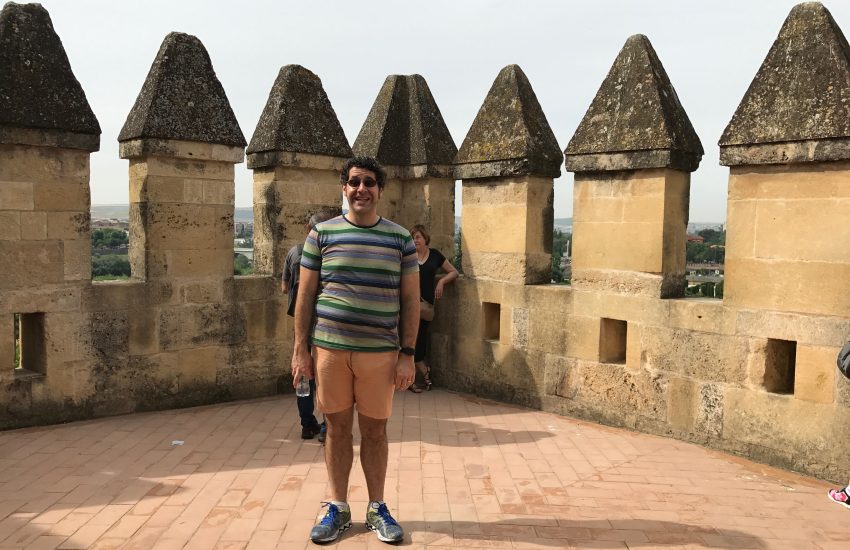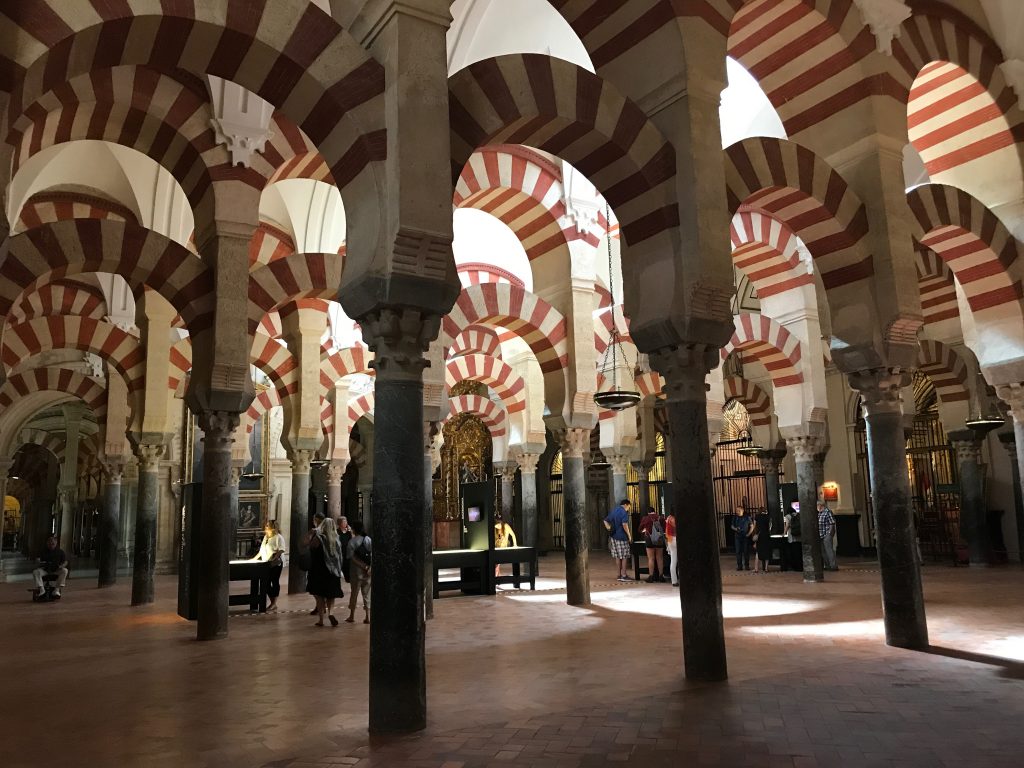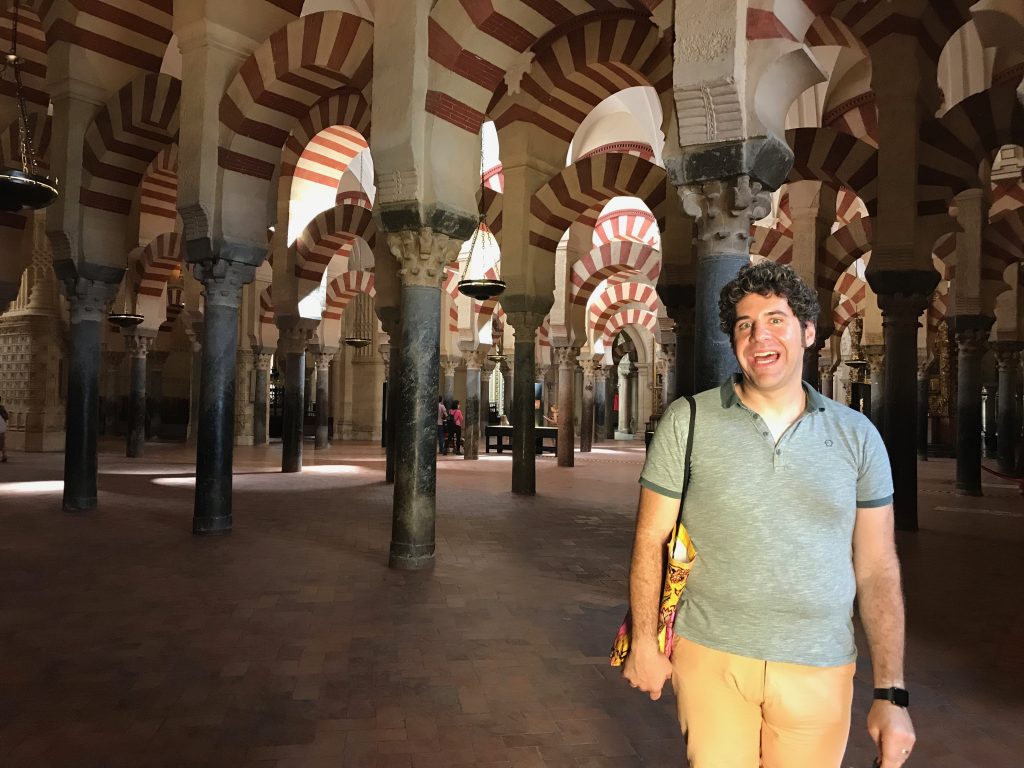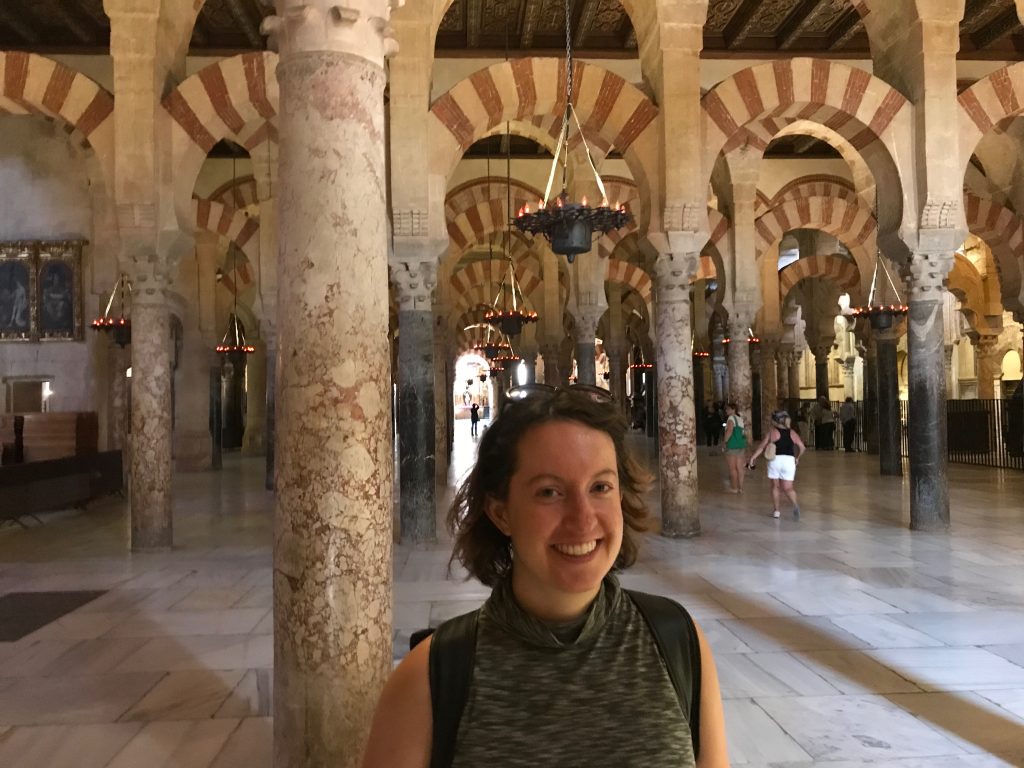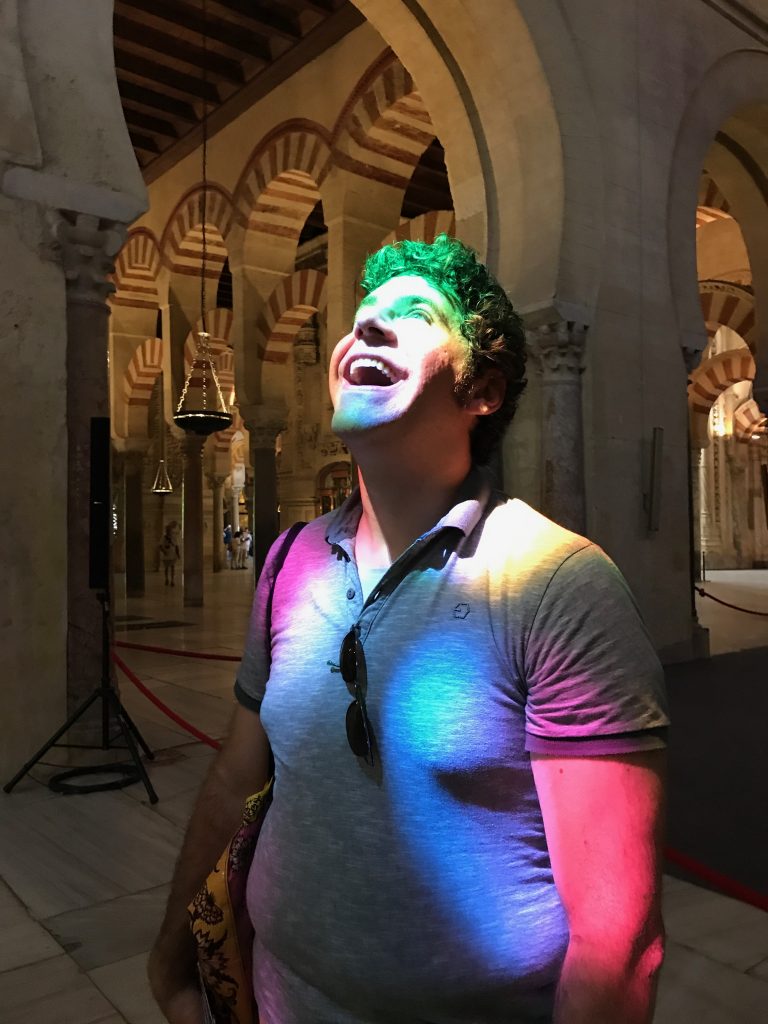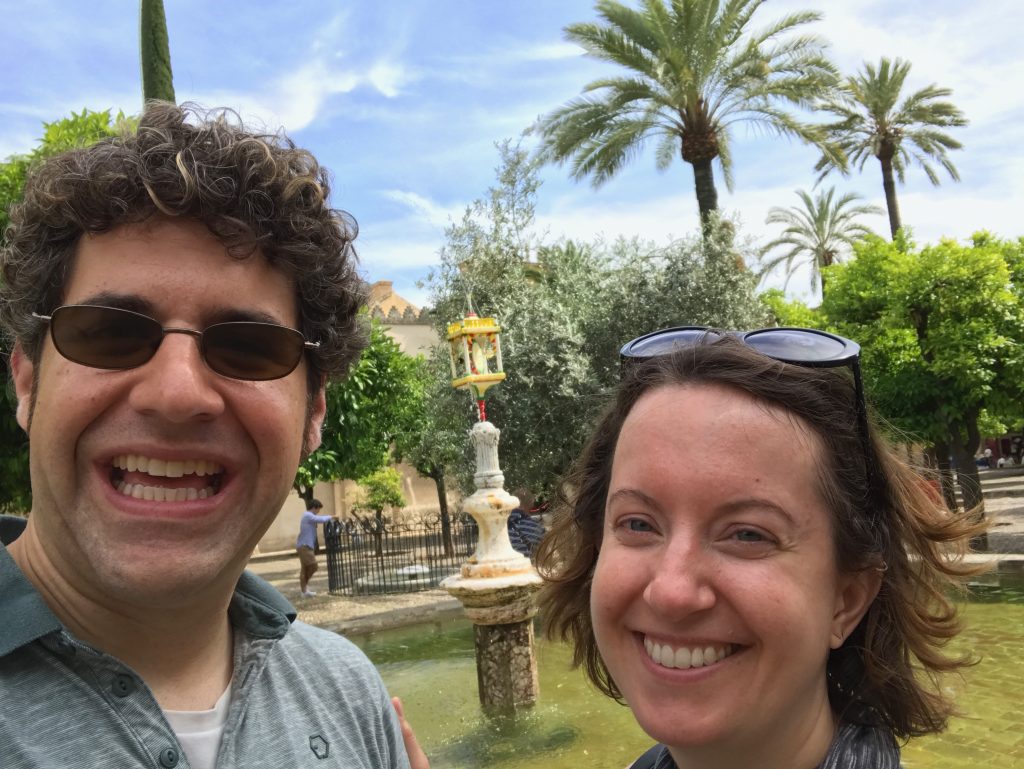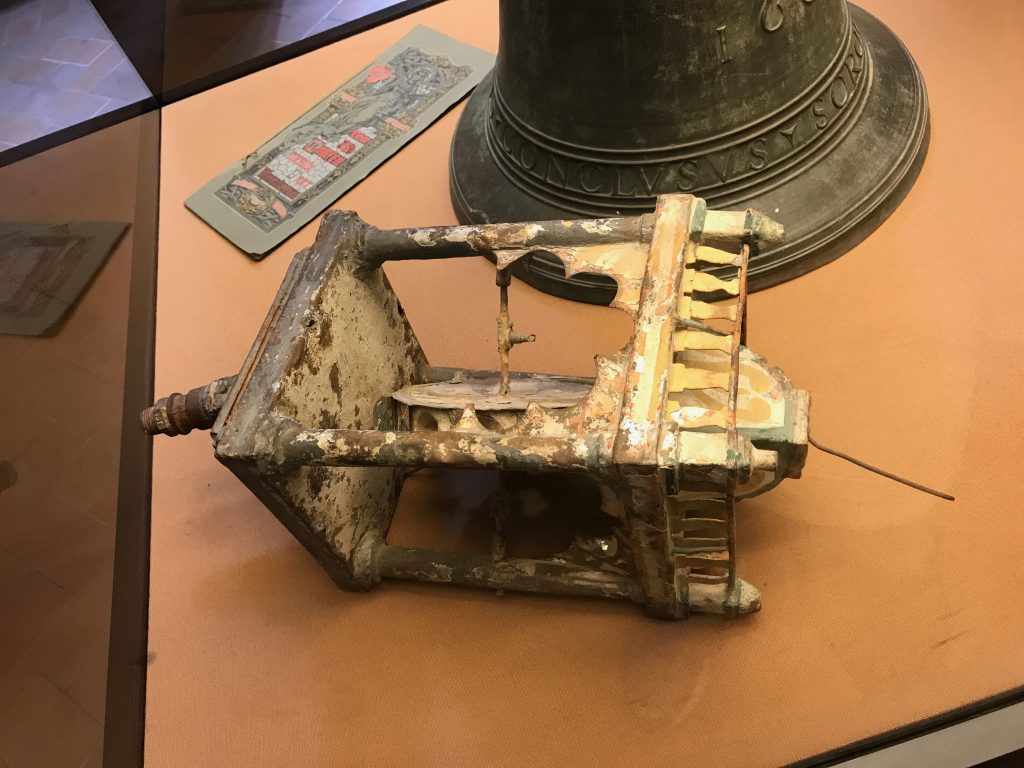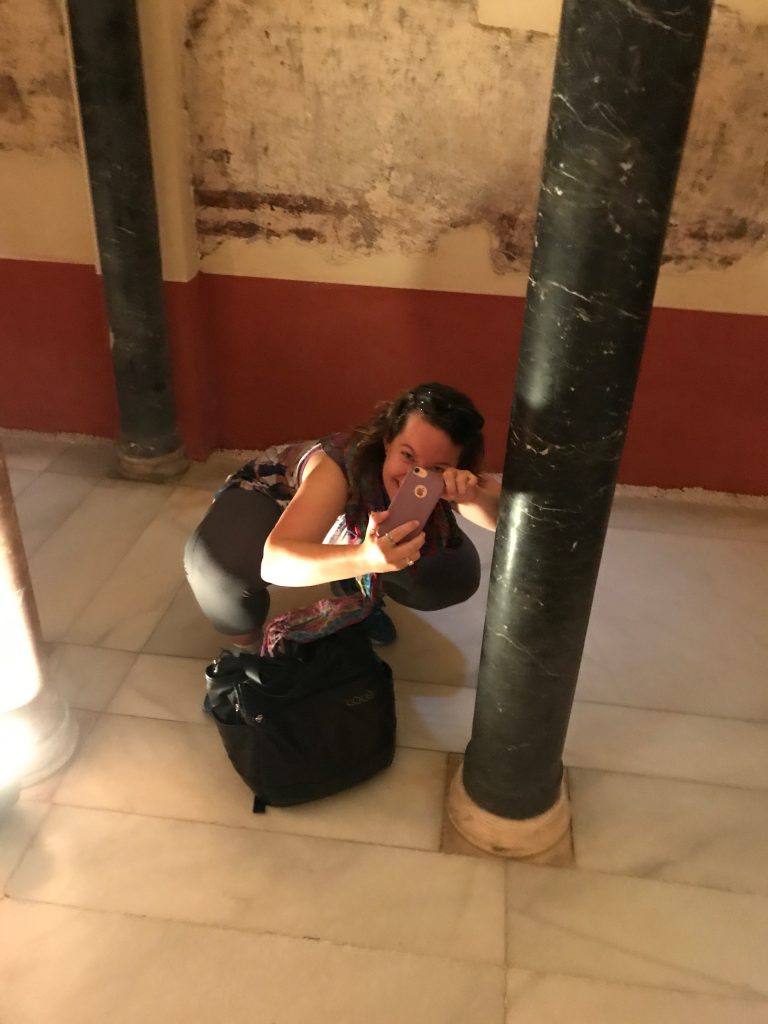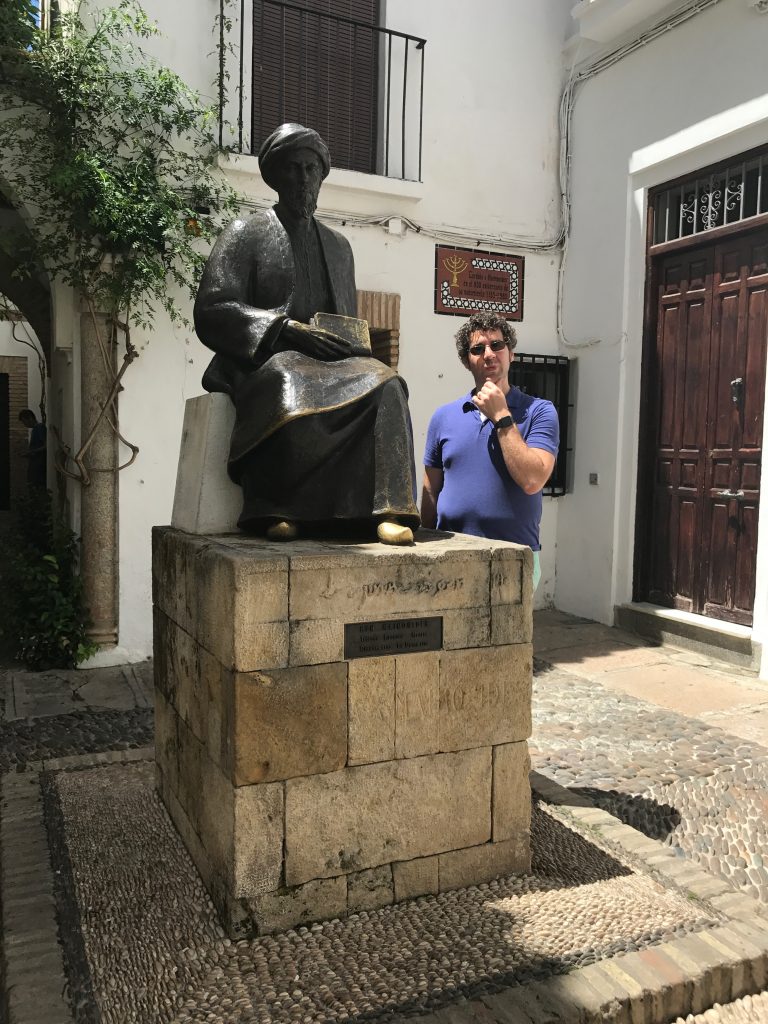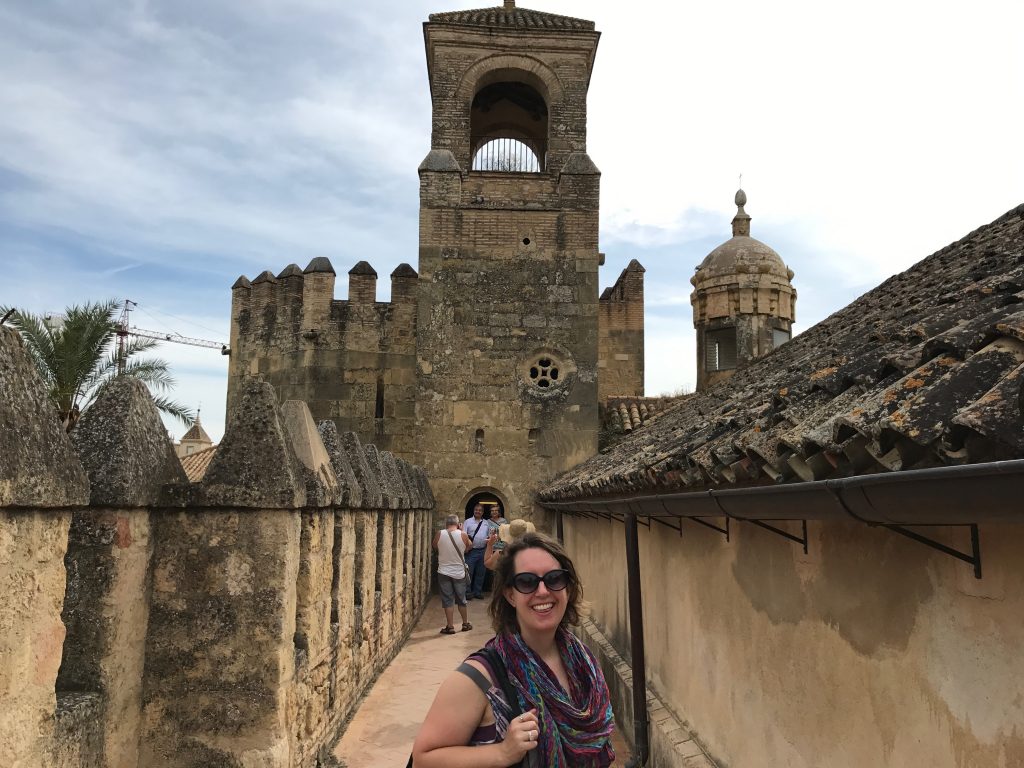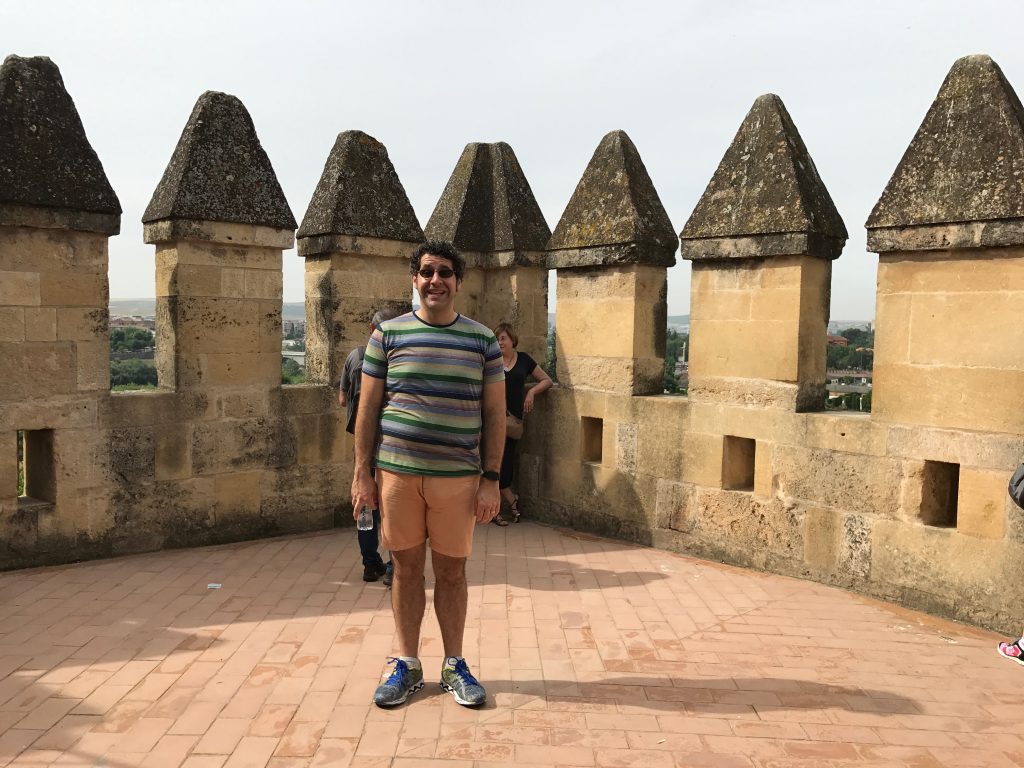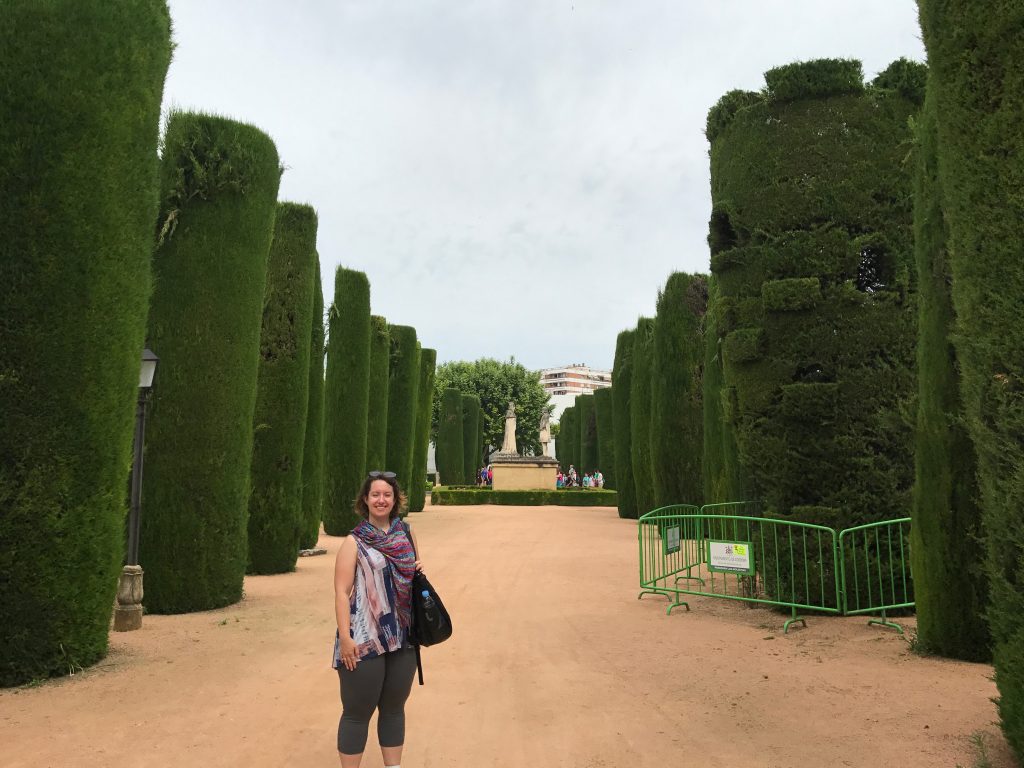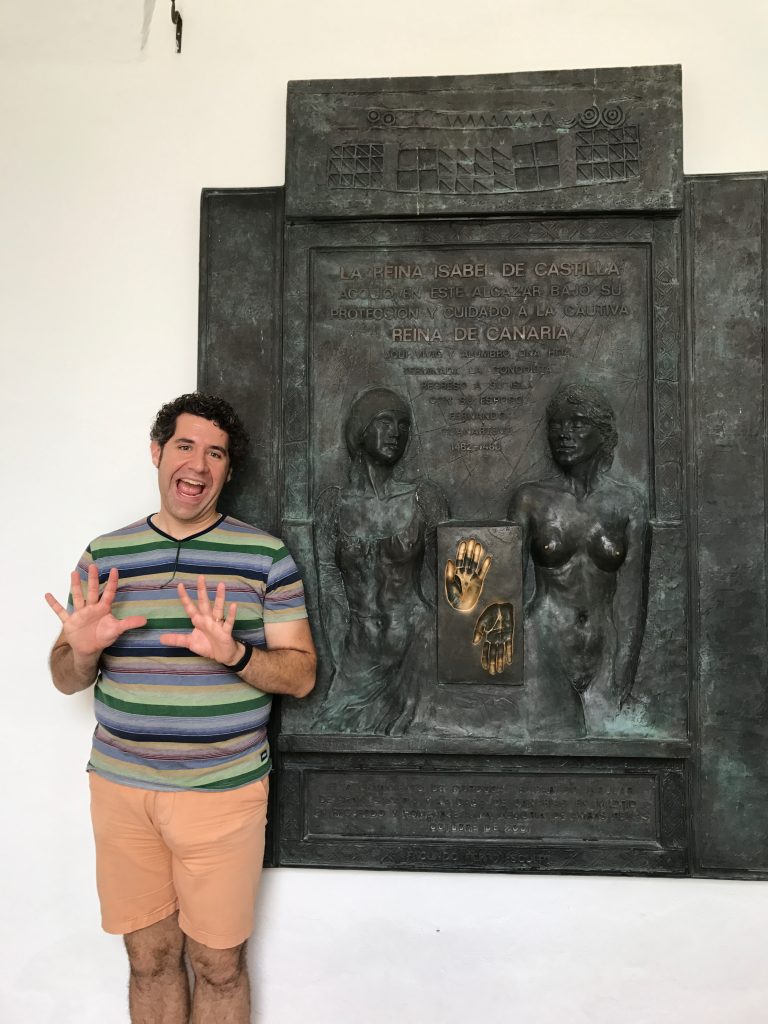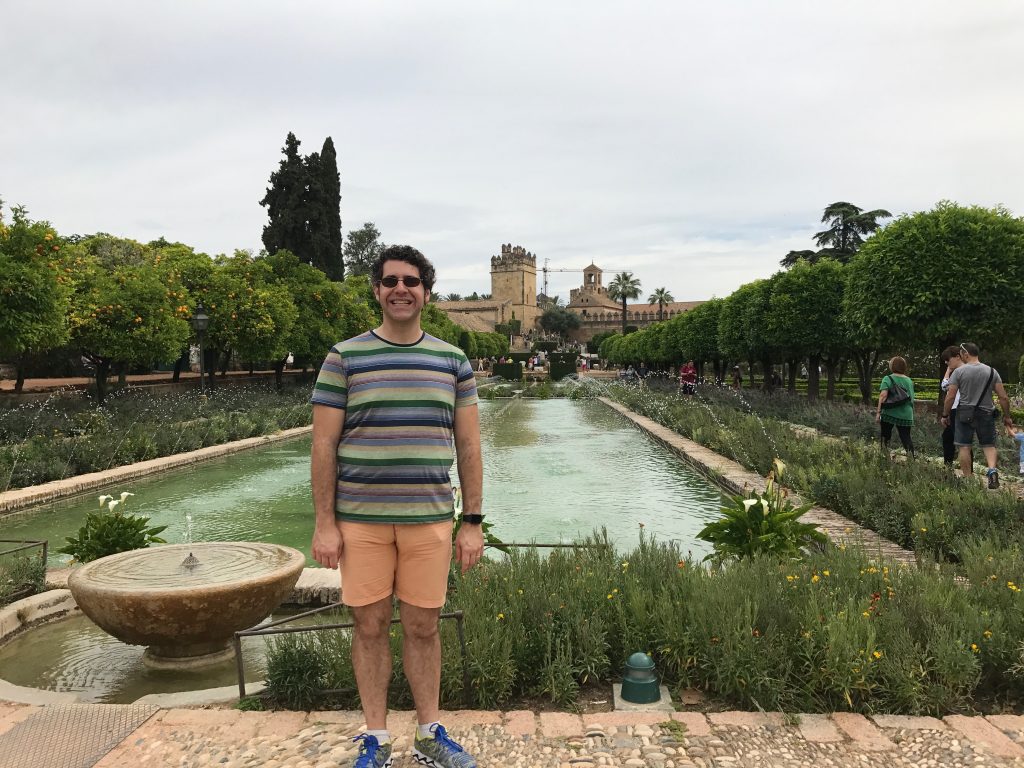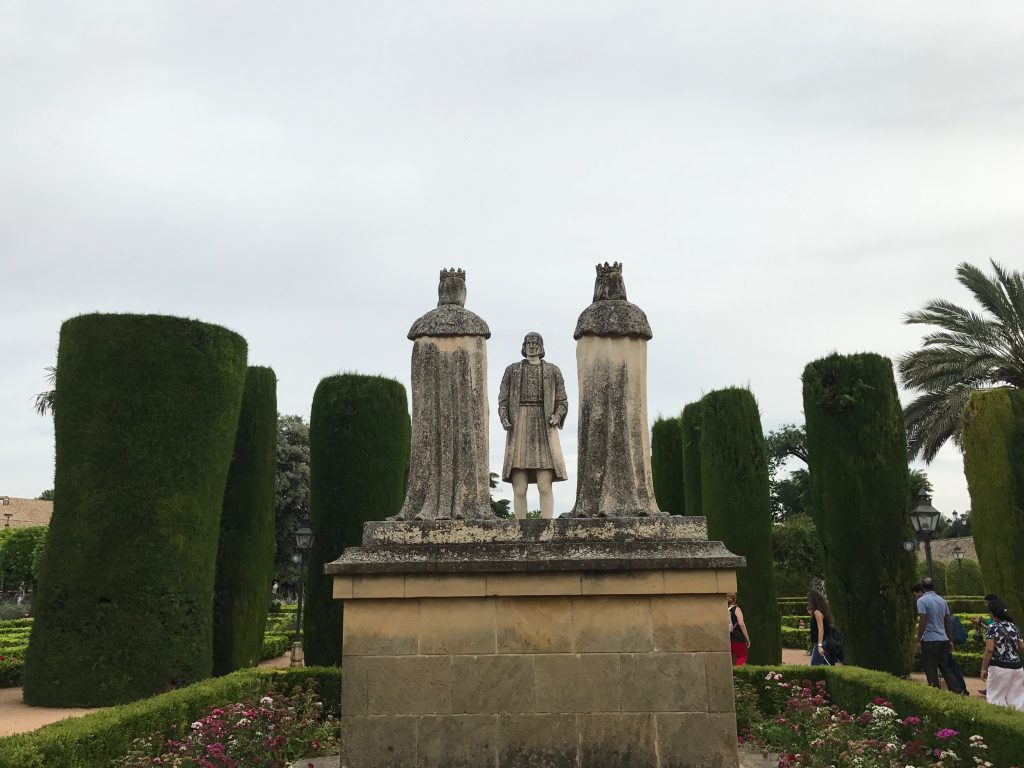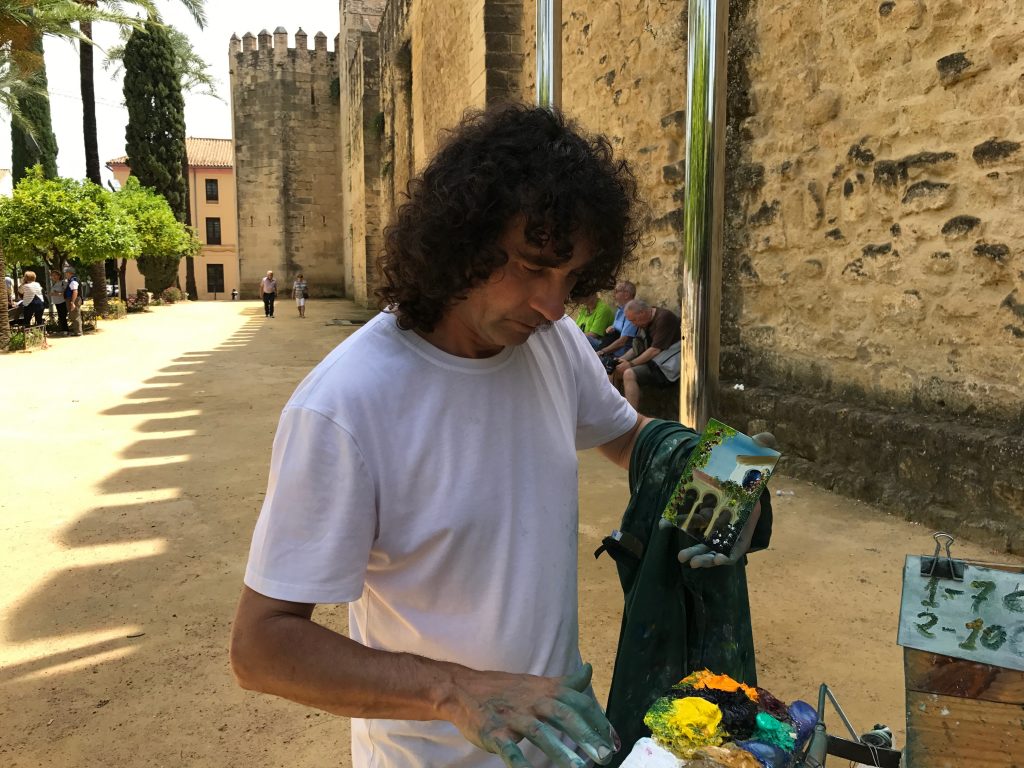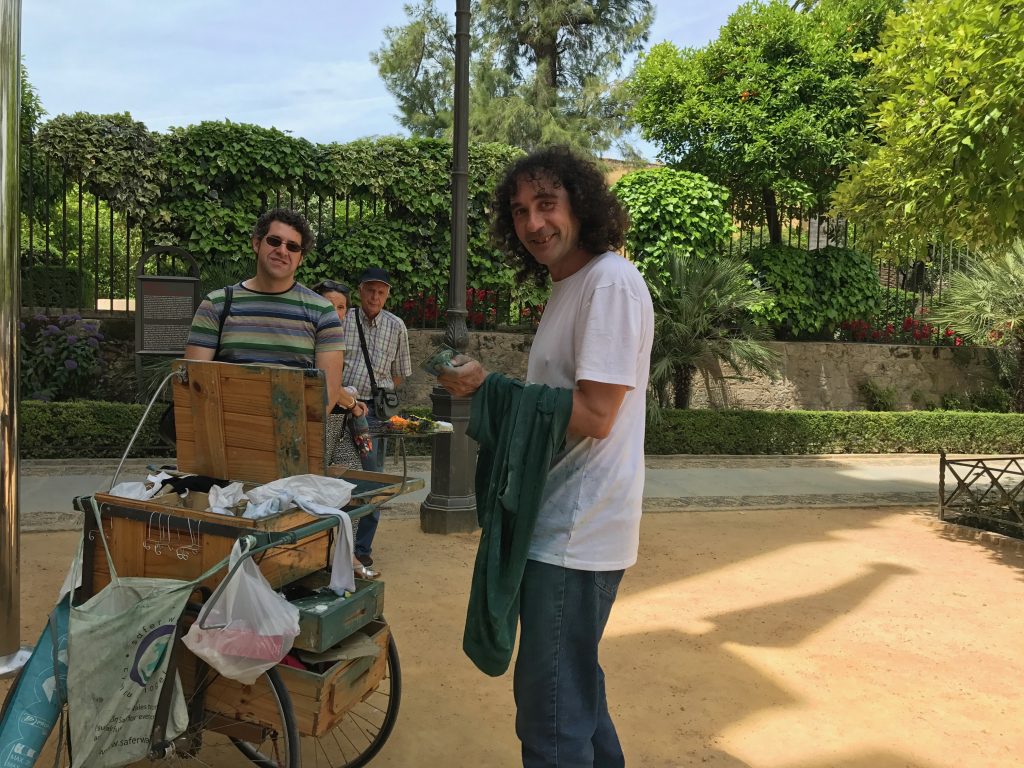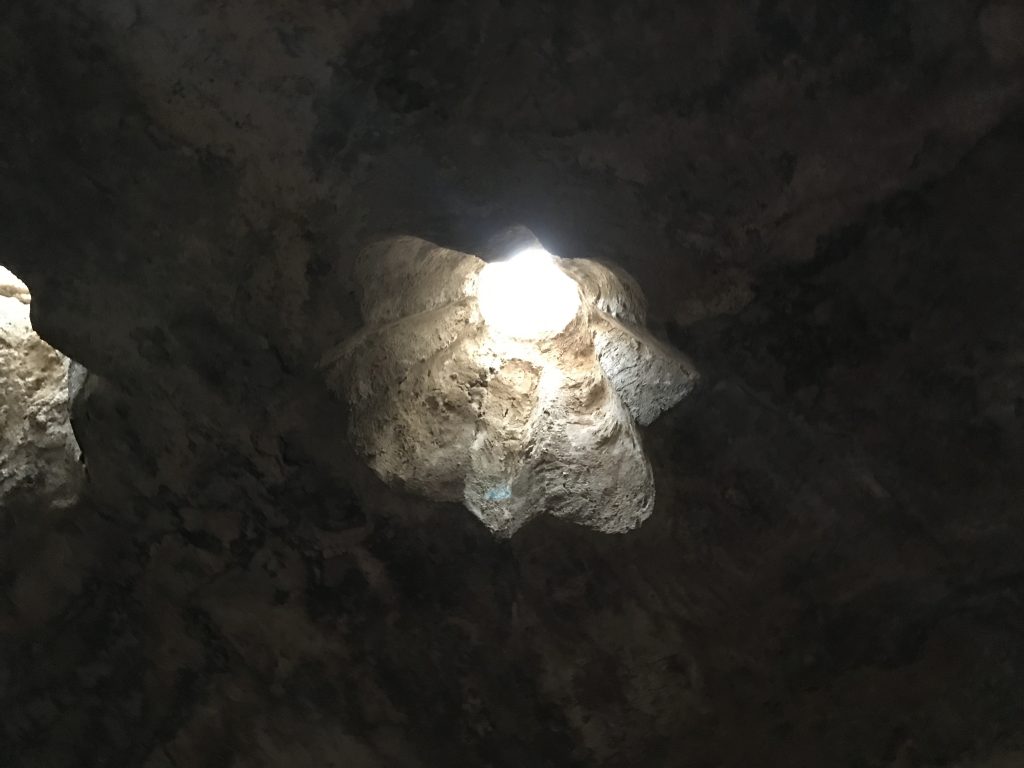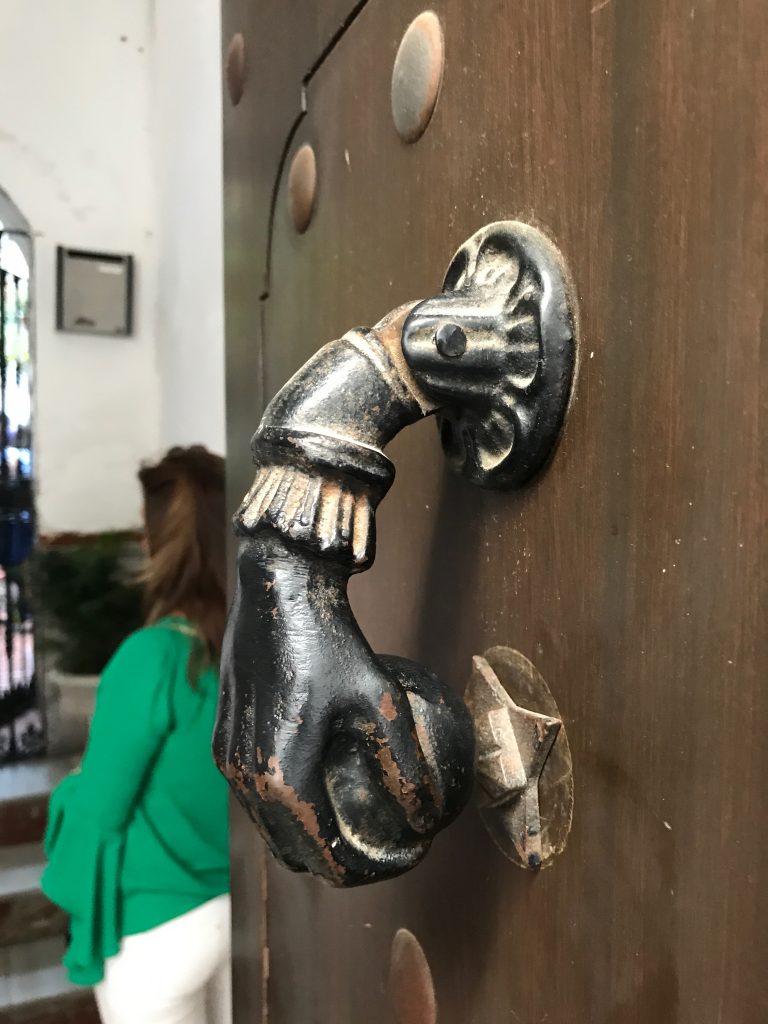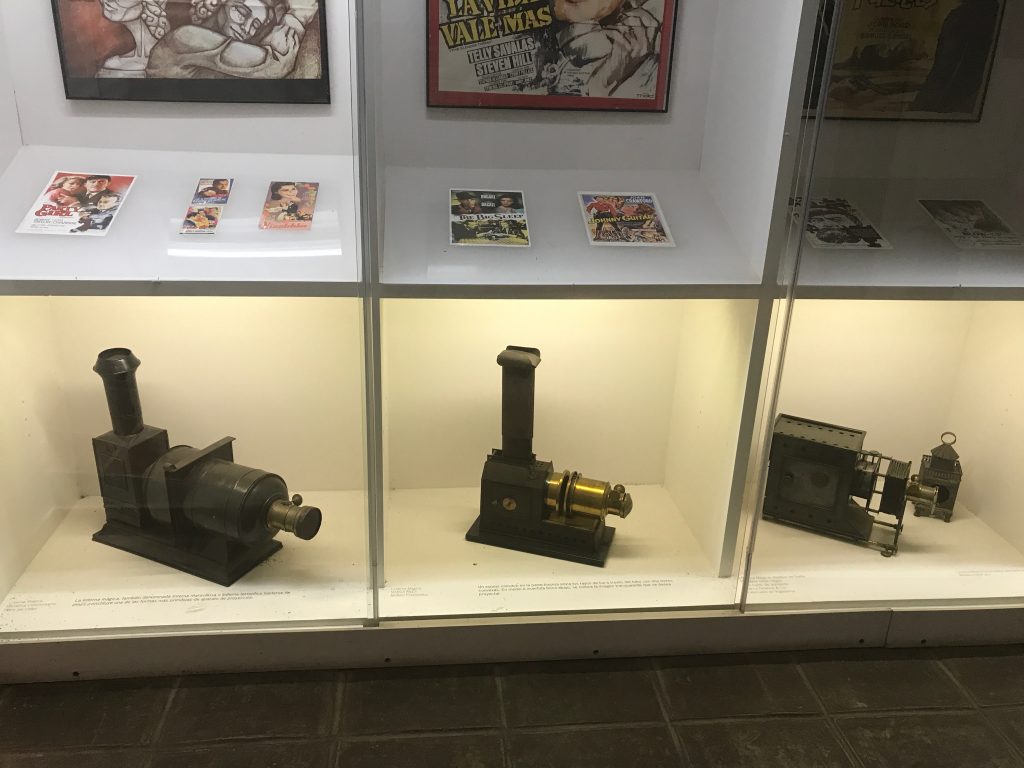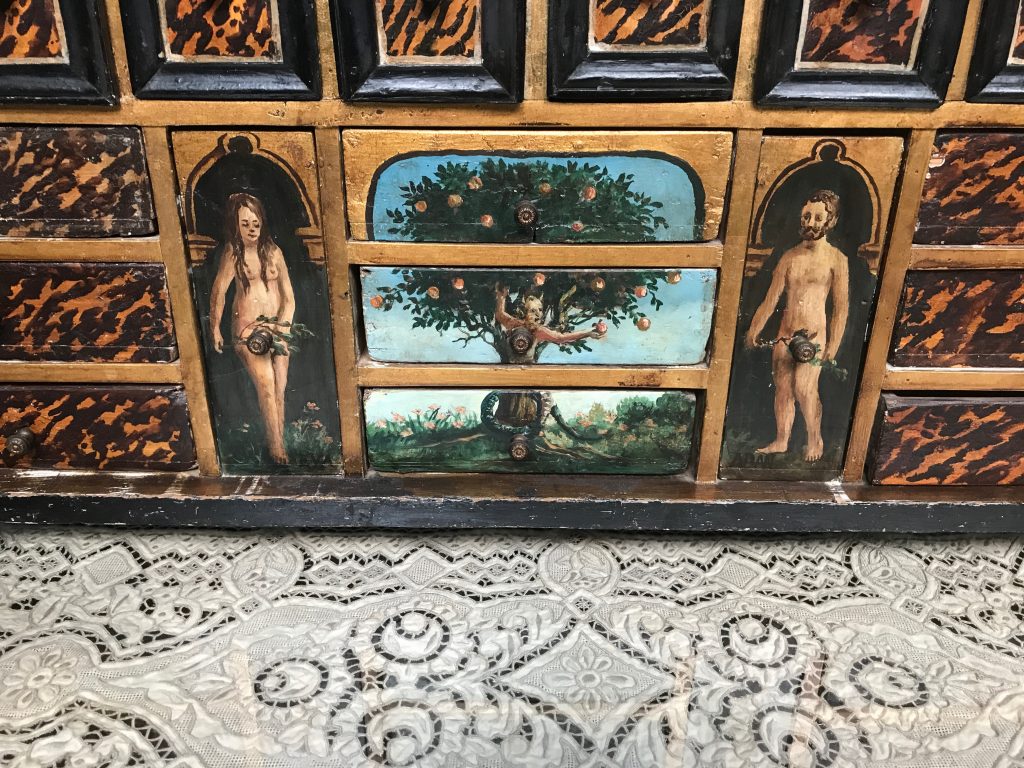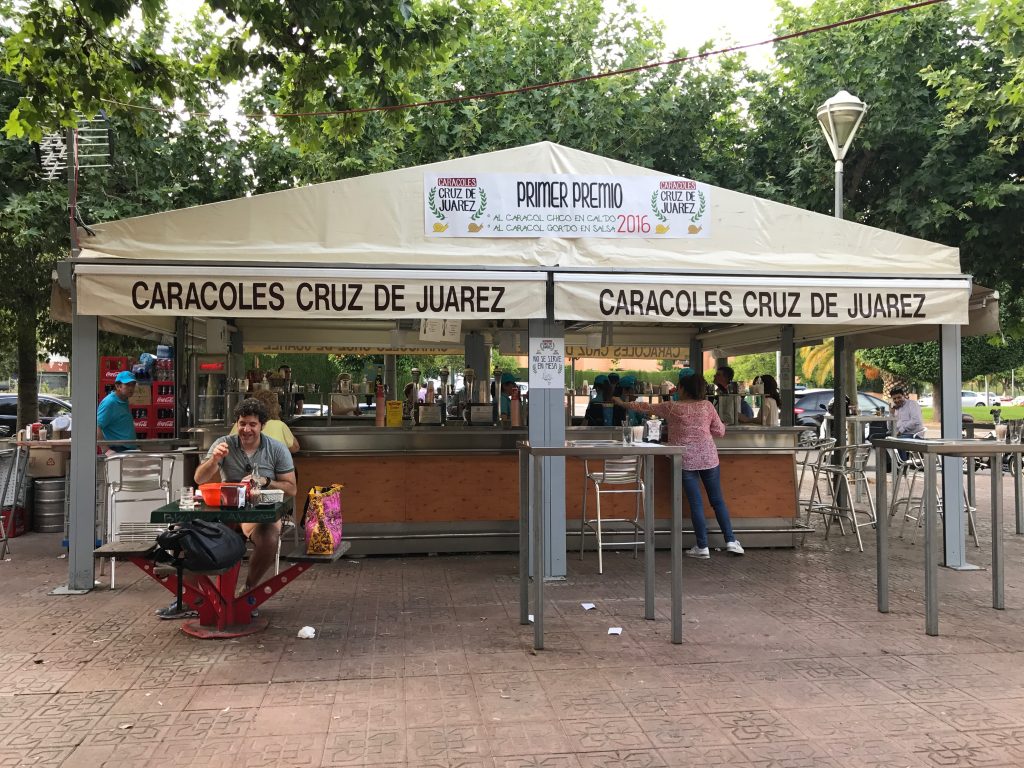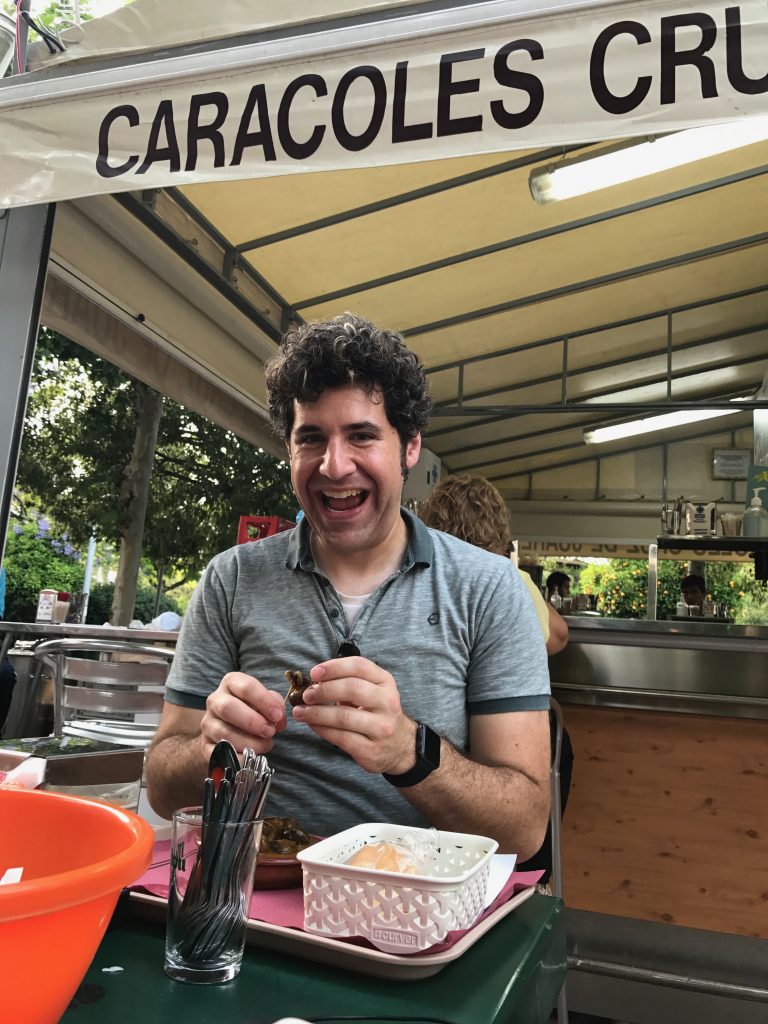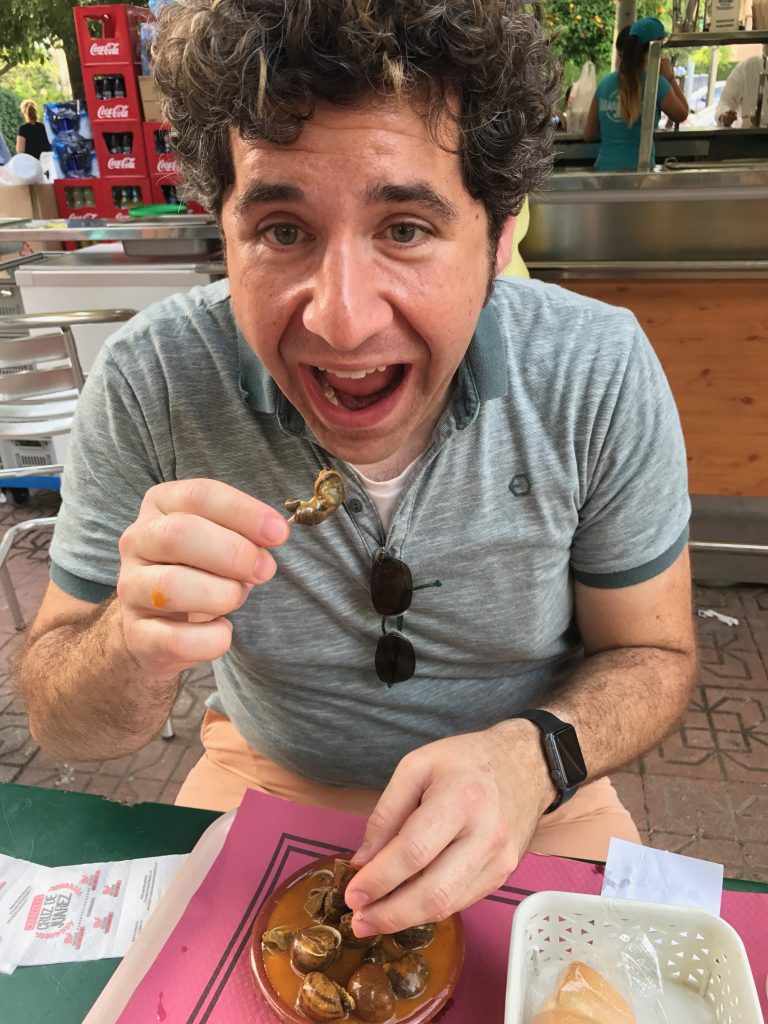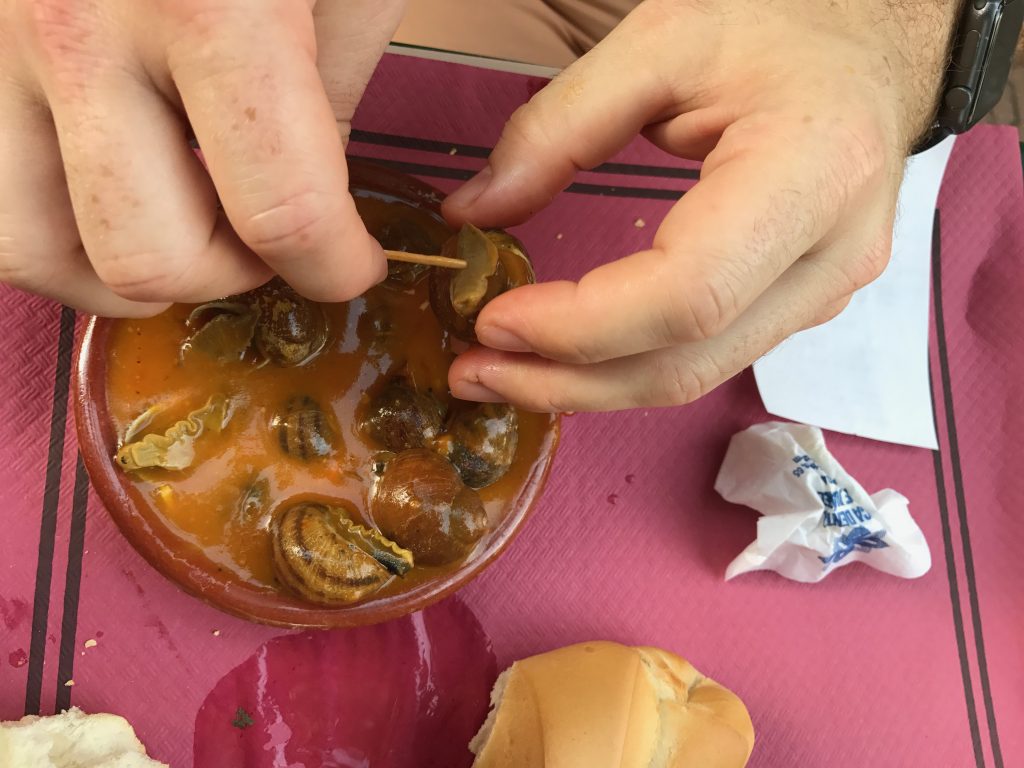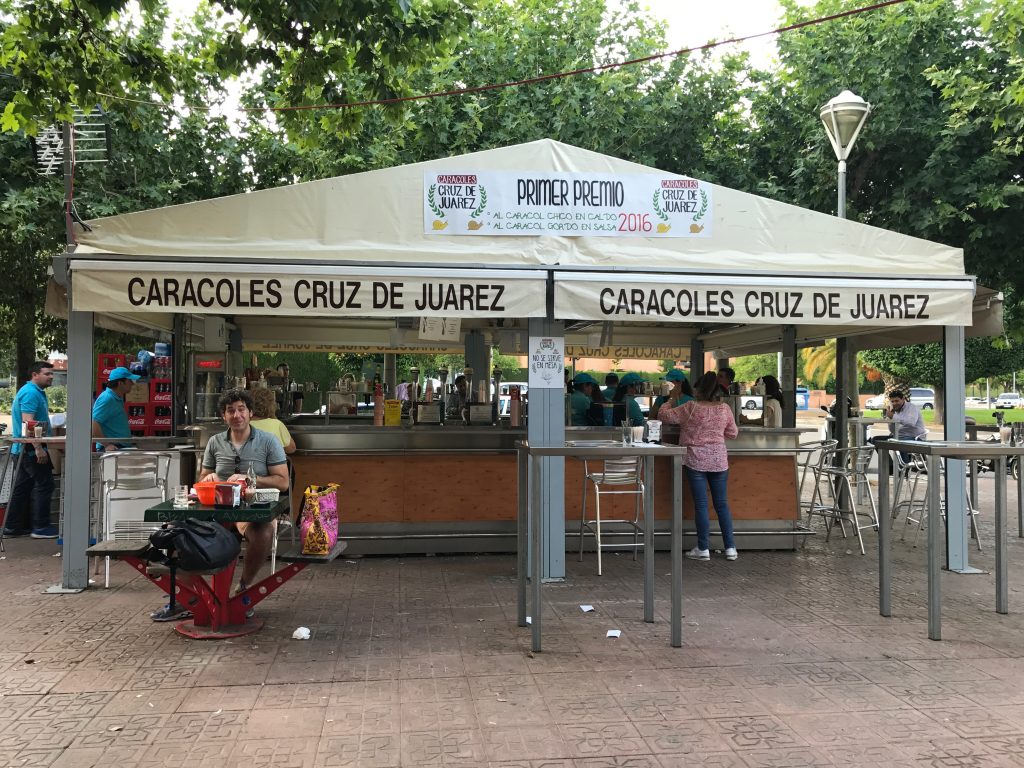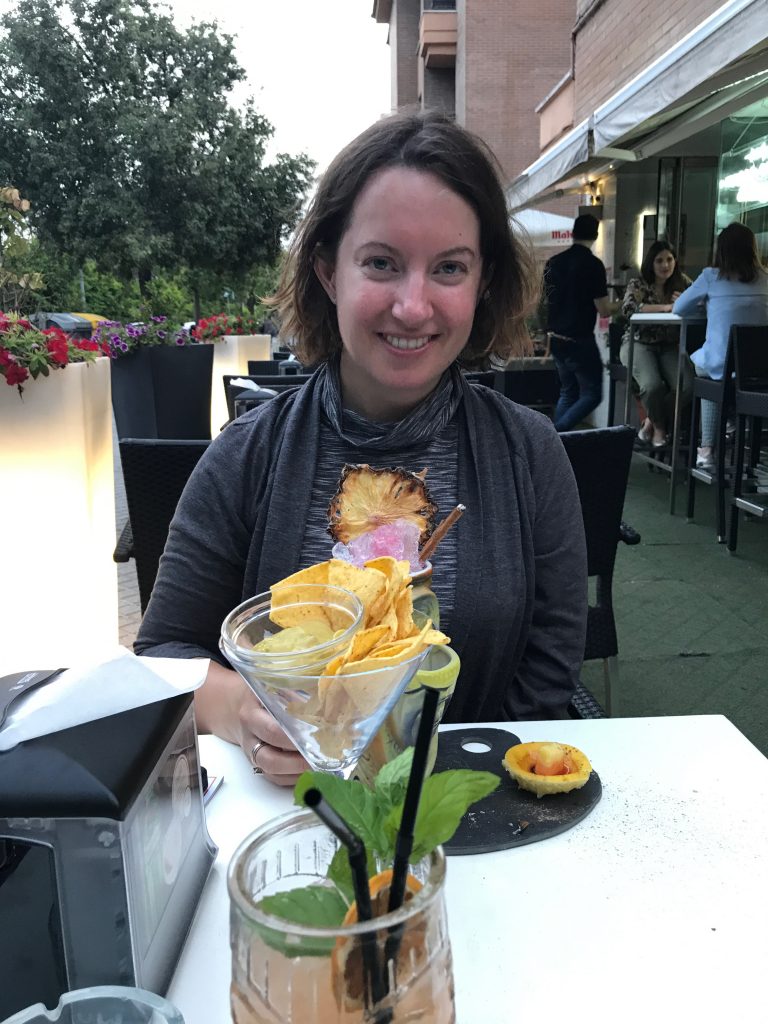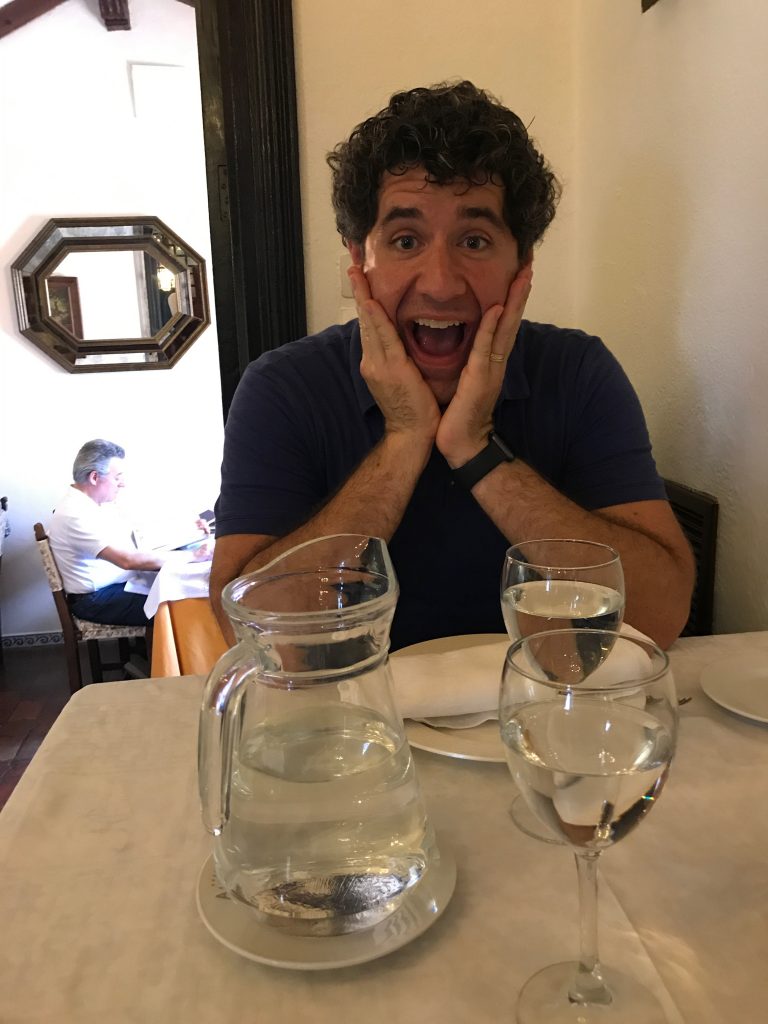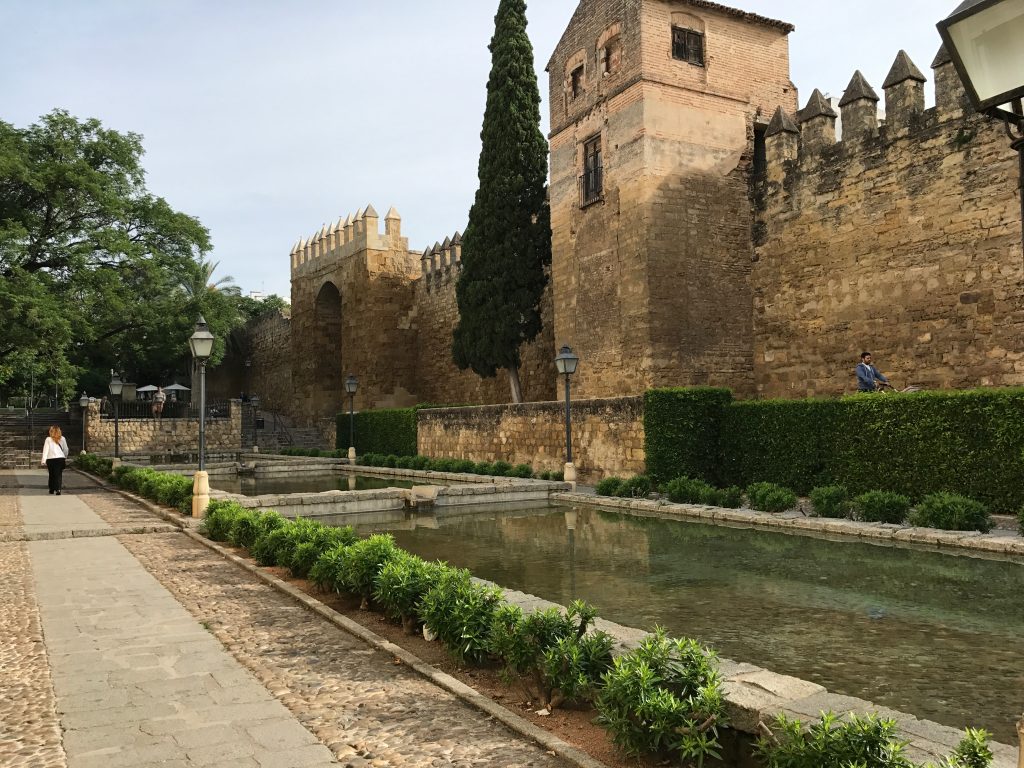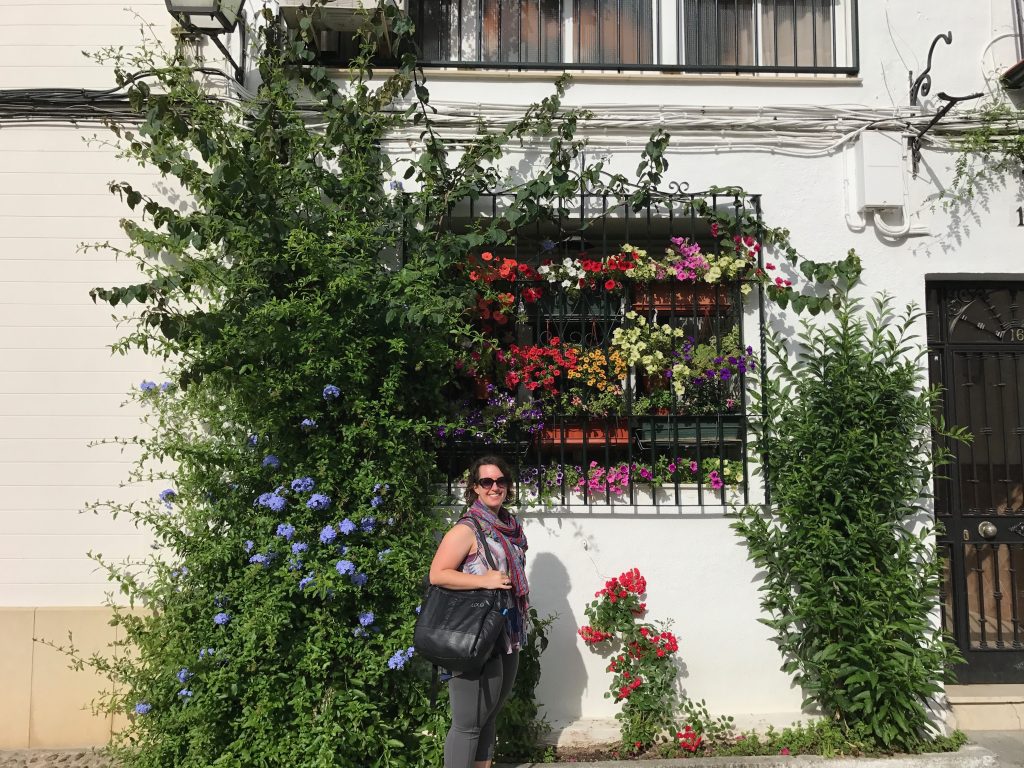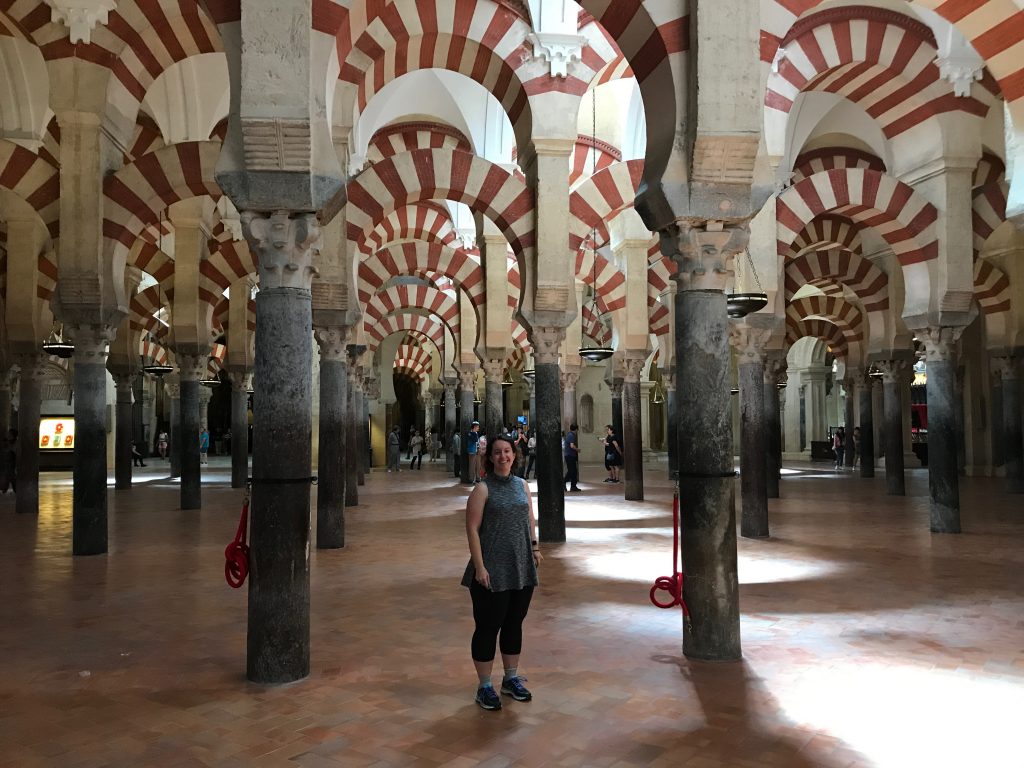
Though we went to Córdoba for its famed patios festival in early May, there was no shortage of other, non-related sites. Perhaps the most famous monument in the city is the mezquita-catedral, or mosque-cathedral (that is not a typo, as we’ll explain below).
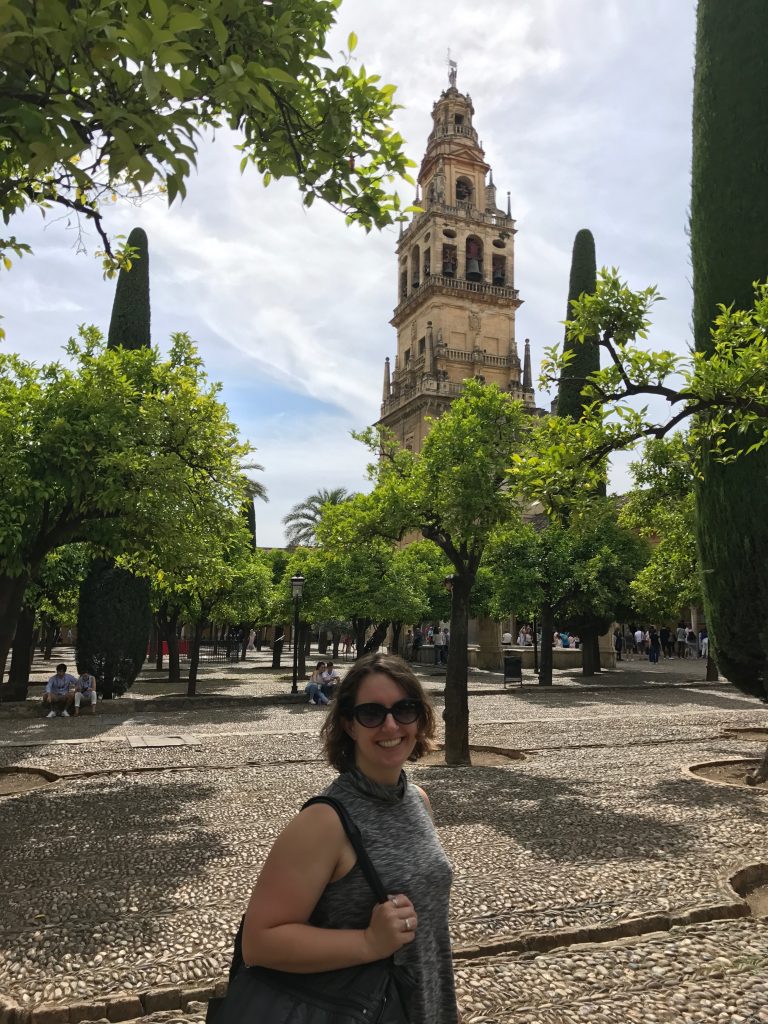
Although it was Dreamer’s first visit, Doer had great memories of seeing the mosque 17 years ago. However, he did not remember where to buy tickets…
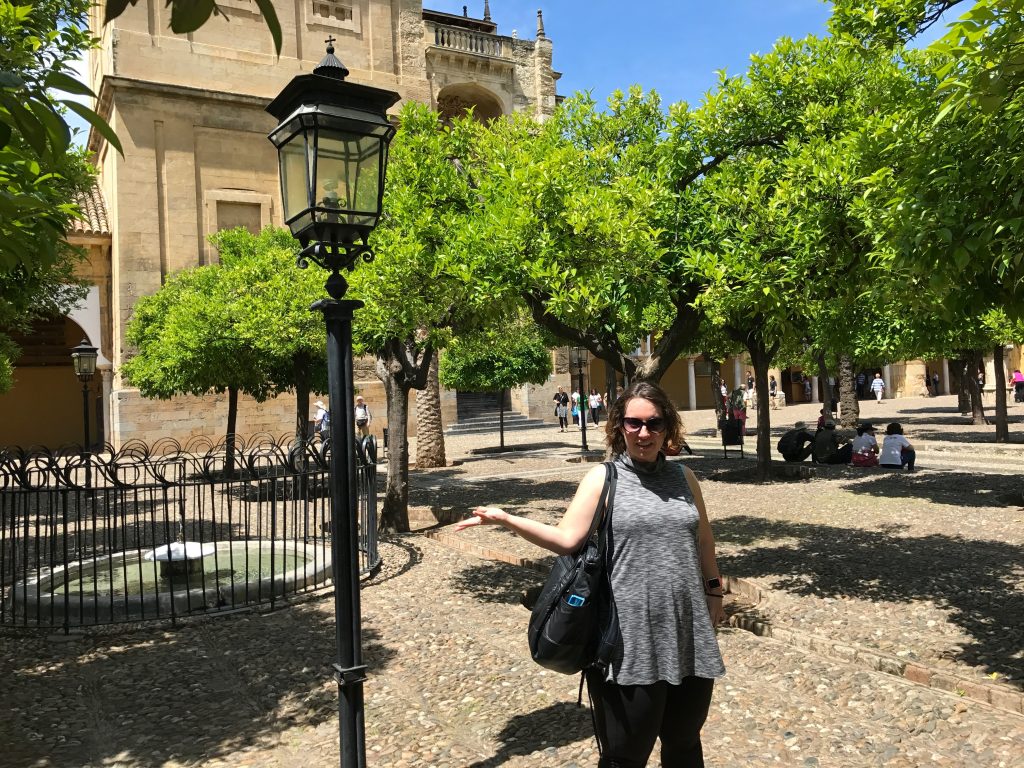
Finally, we found the ticket booth on the opposite side of the entrance, then returned to the entrance with our entradas in hand.
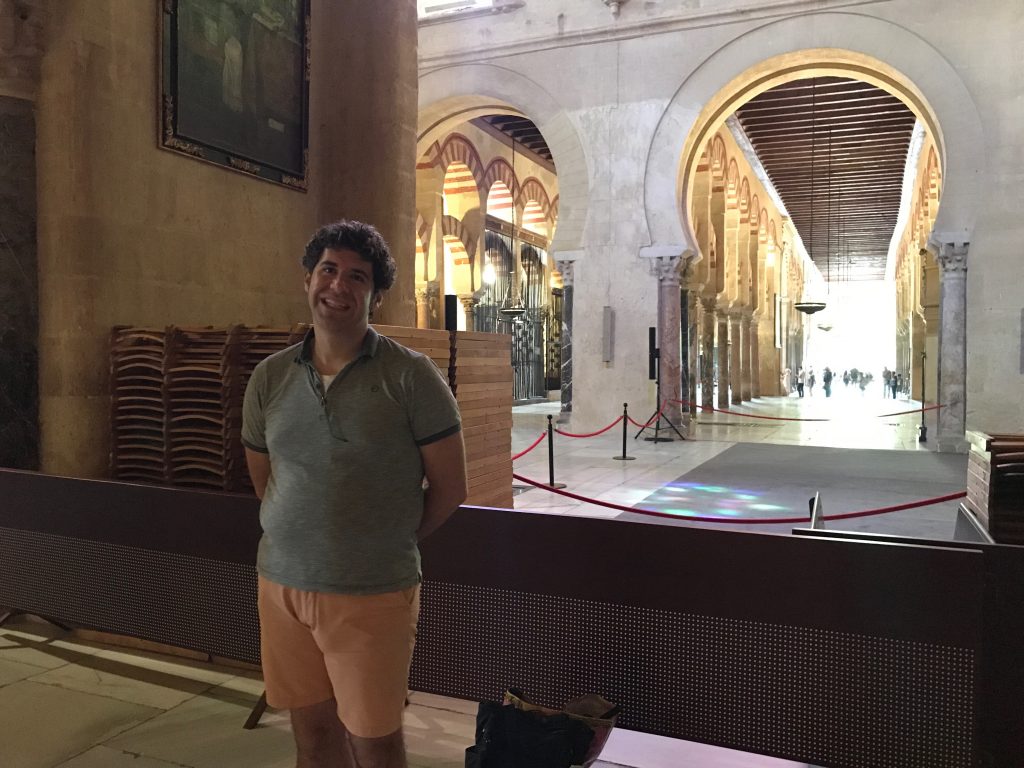
Before it became a cathedral, this was a mosque. But before construction of the mosque began in the year 784, a Christian temple stood on the site – we’re not sure if it was Visigoth or if it even pre-dated that civilization.
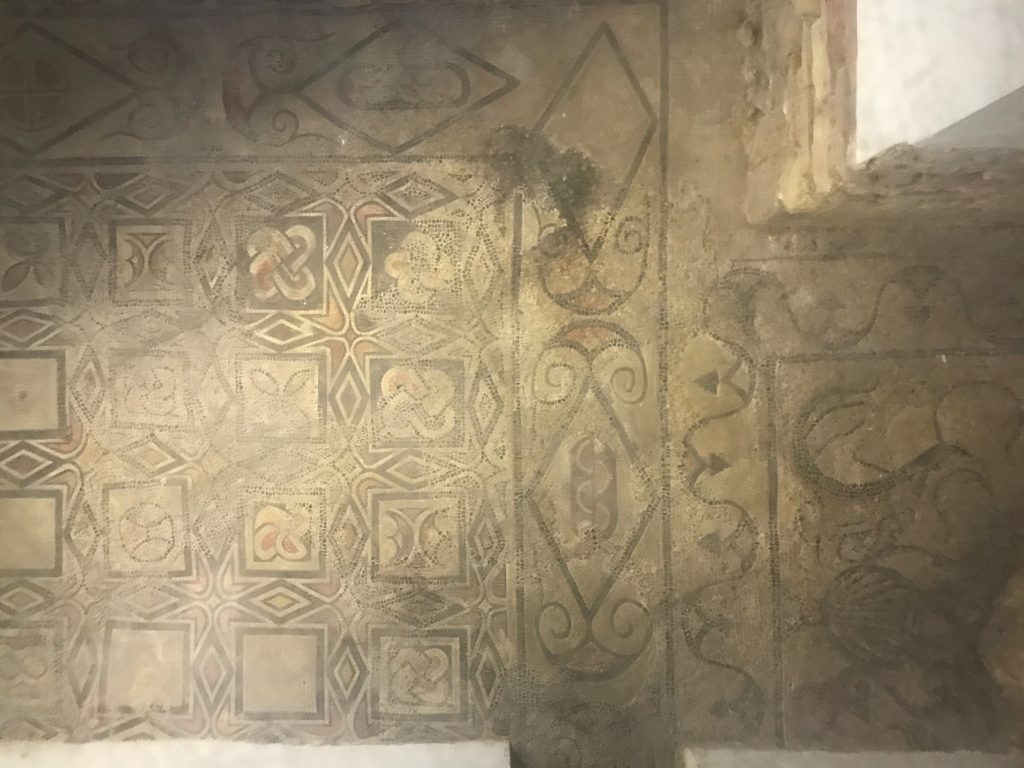
And apparently a Roman temple existed on the same location even before that. This isn’t actually that unusual in Spain: we saw similar historical, cultural layering when we visited the city of Toledo.
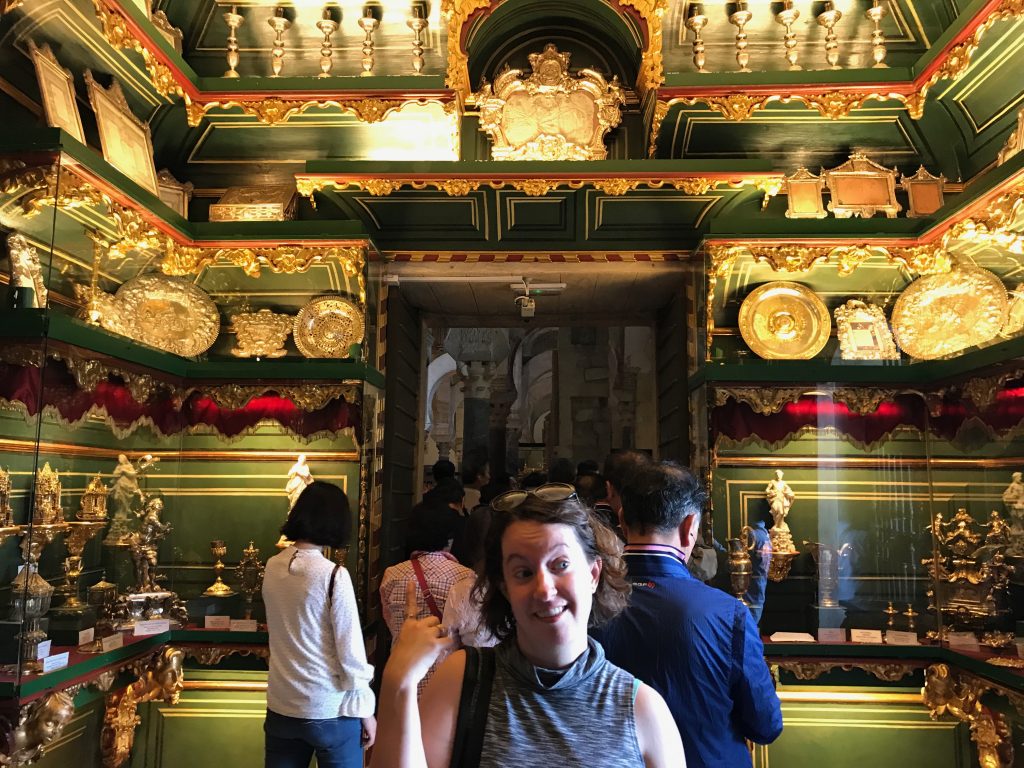
The building is best known for its red- and white-striped horseshoe arches crowning 856 columns of jasper, onyx, marble, and granite made from pieces of the Roman temple that once stood on the site, as well as other destroyed Roman buildings.
It gets impressive with row after row of these columns inside. Kinda made us want a candy cane, though…

No shortage of our buddy J.C. in the house, either. Córdoba returned to Christian rule in 1236, and within a few hundred years someone had the bright idea of constructing a cathedral nave into the exquisite Moorish structure. Ah, well.
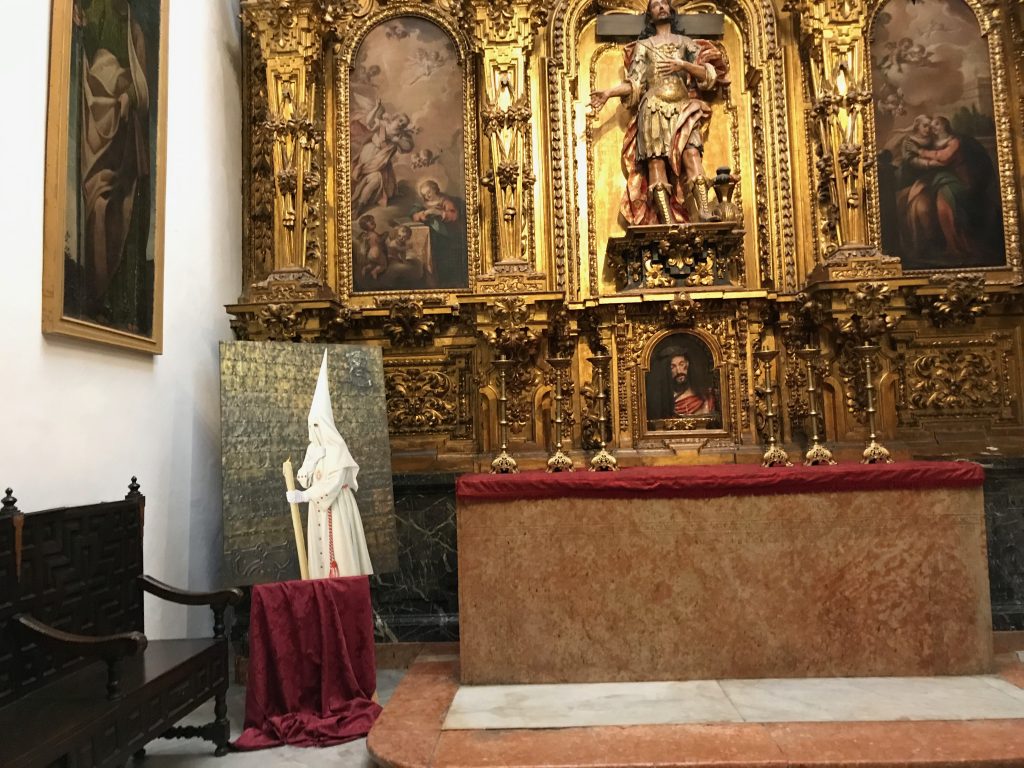
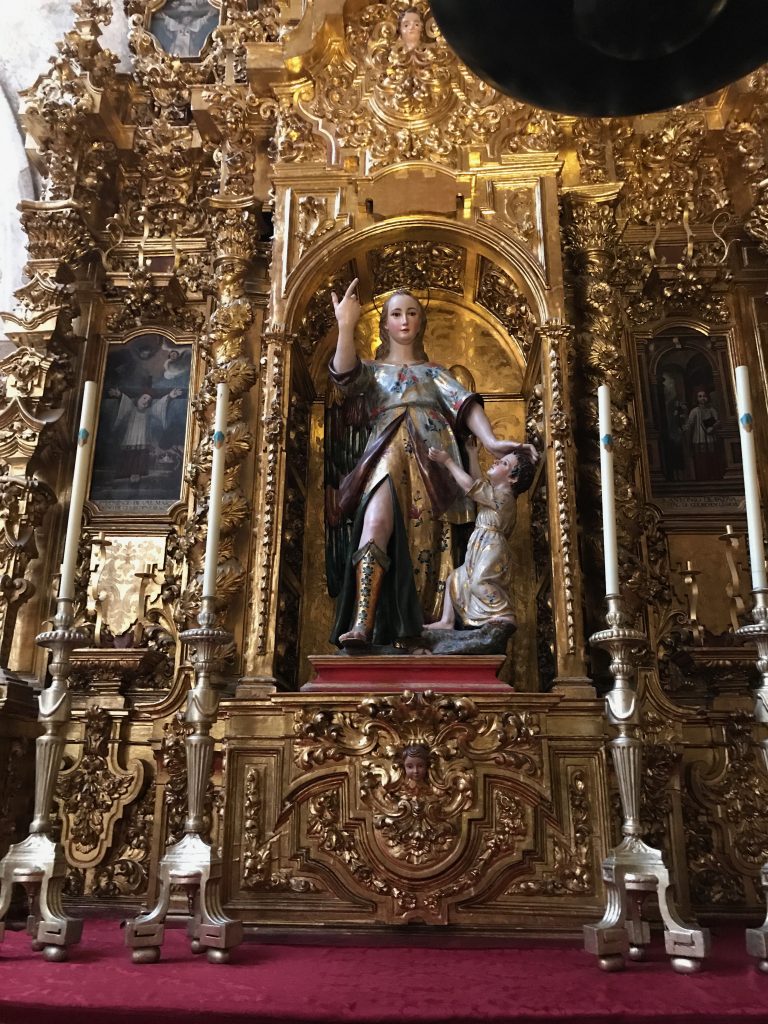
One of the coolest things here that Doer did not remember from 17 years ago was this fountain in the courtyard.
Clearly, this is not the original. Browsing the Treasury, we came upon one long since retired…
Taking photos inside the Mezquita became a source of much tension between us.
In addition to Muslims and Christians, many Jewish people once lived in Córdoba, and indeed some of the most popular courtyards in the patios festival were in the city’s old Jewish quarter. The old synagogue, built in 1315, is not as impressive as the mosque, but its value lies in the fact that it’s the only remaining old synagogue in Andalucía and one of only three in Spain (the other two being in Toledo).
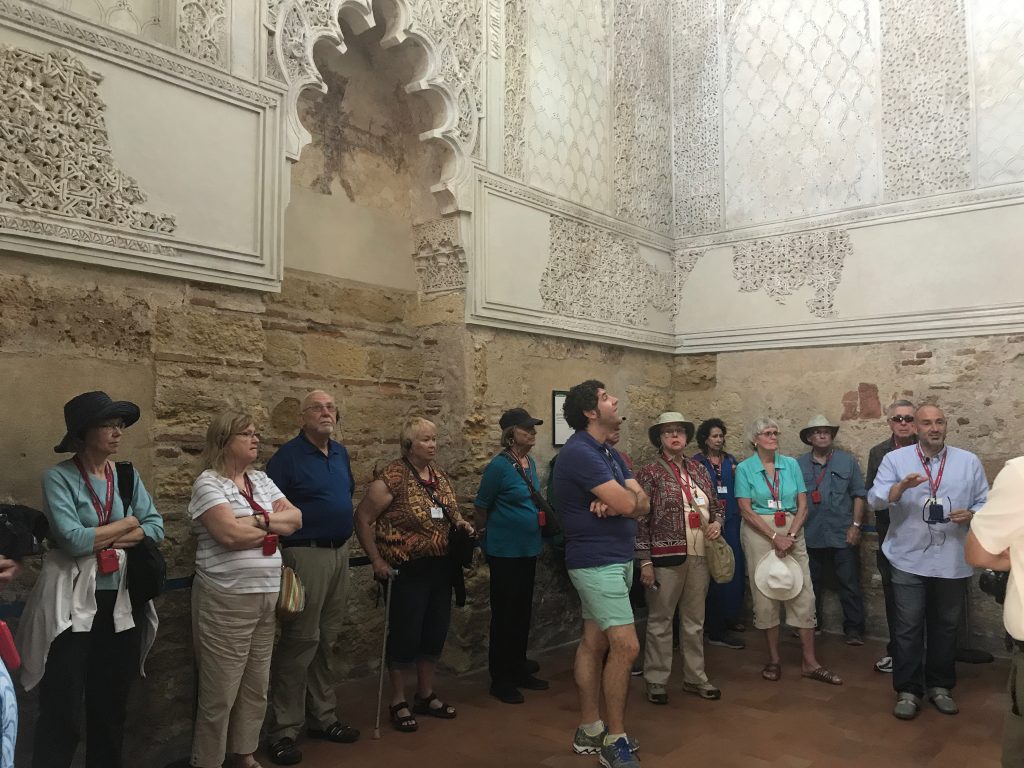
Like the other synagogues we saw in Toledo, this one was built in the Mudéjar tradition, heavily influenced by Moorish style. It’s very small, suggesting it may have been a private place owned by a wealthy family. Also, during that time the Catholic church placed many restrictions on the construction of synagogues, including building height.
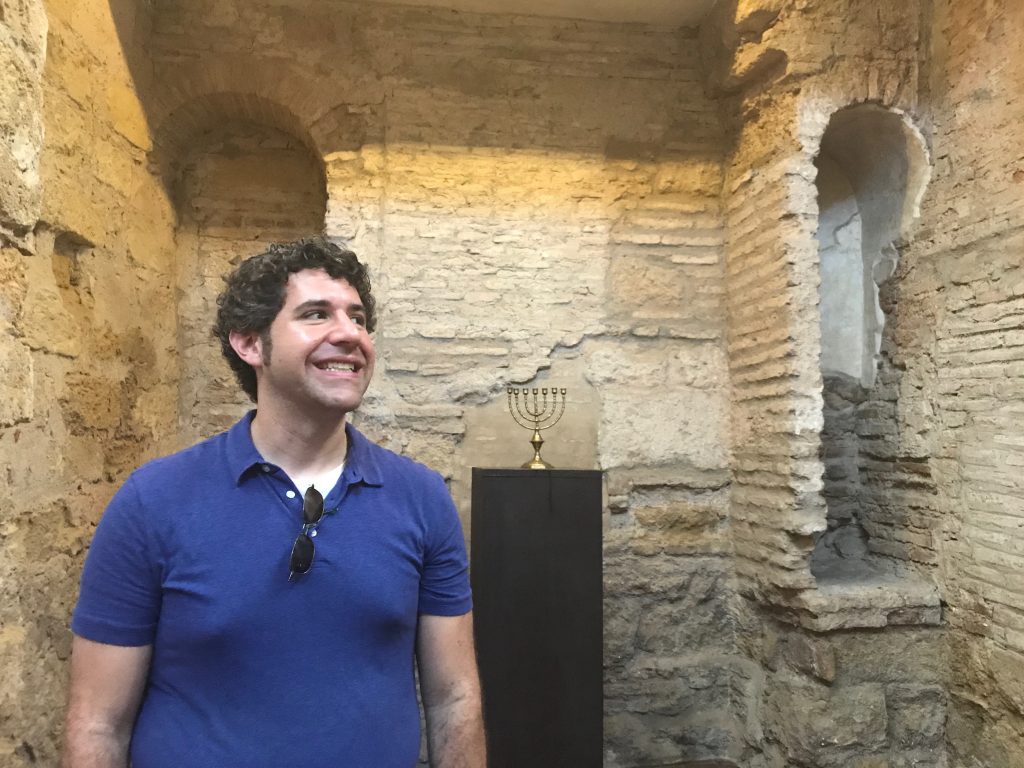
After the Spanish monarchs expelled the Jews from Spain in 1492, this synagogue was used as a hospital to treat people with rabies. Later it was acquired by a shoemakers guild.
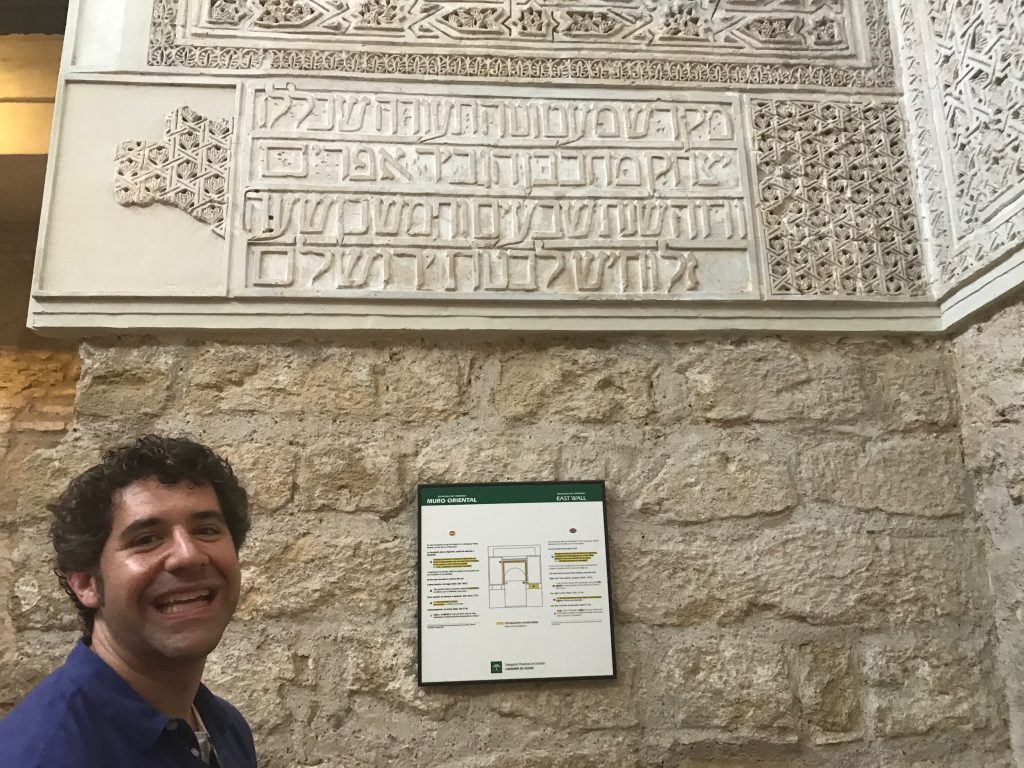
There’s a statue of Maimonides near the synagogue. The influential medieval Jewish philosopher and scientist is from Córdoba.
We also toured an old Sephardic Jewish home and museum.
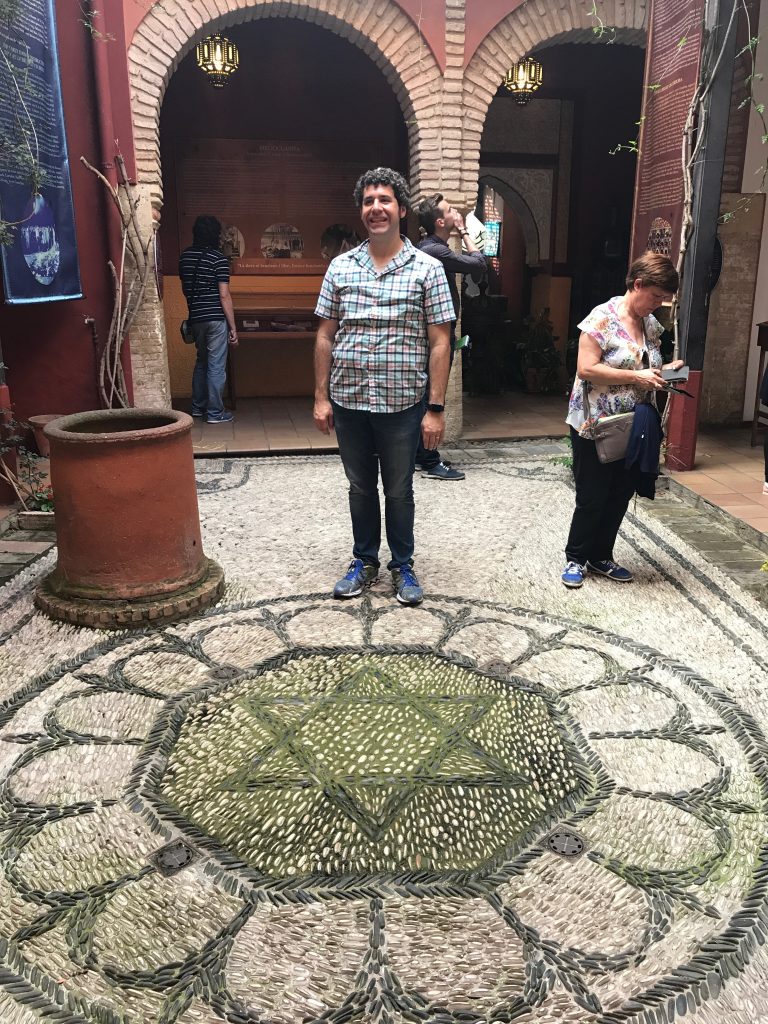
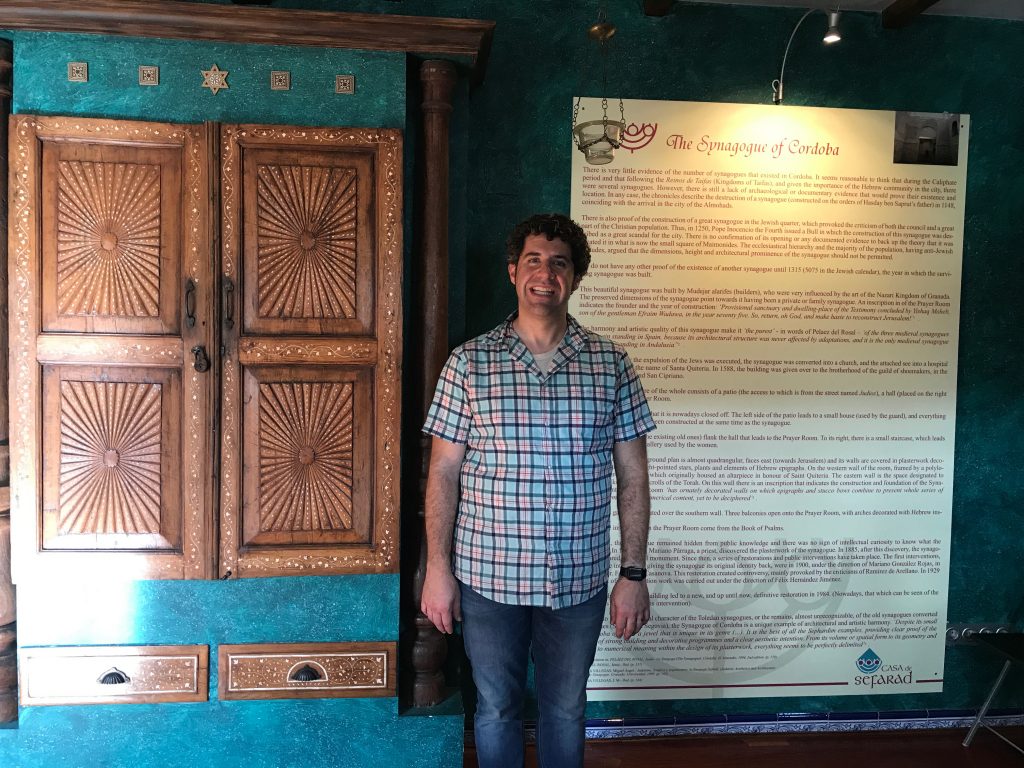
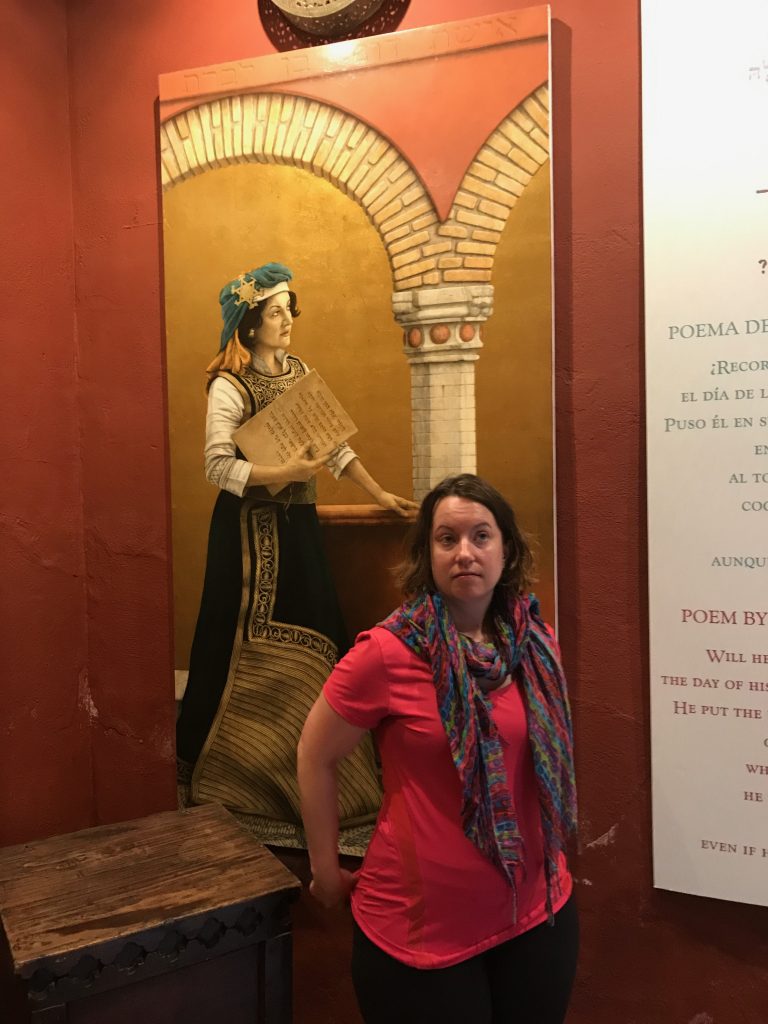
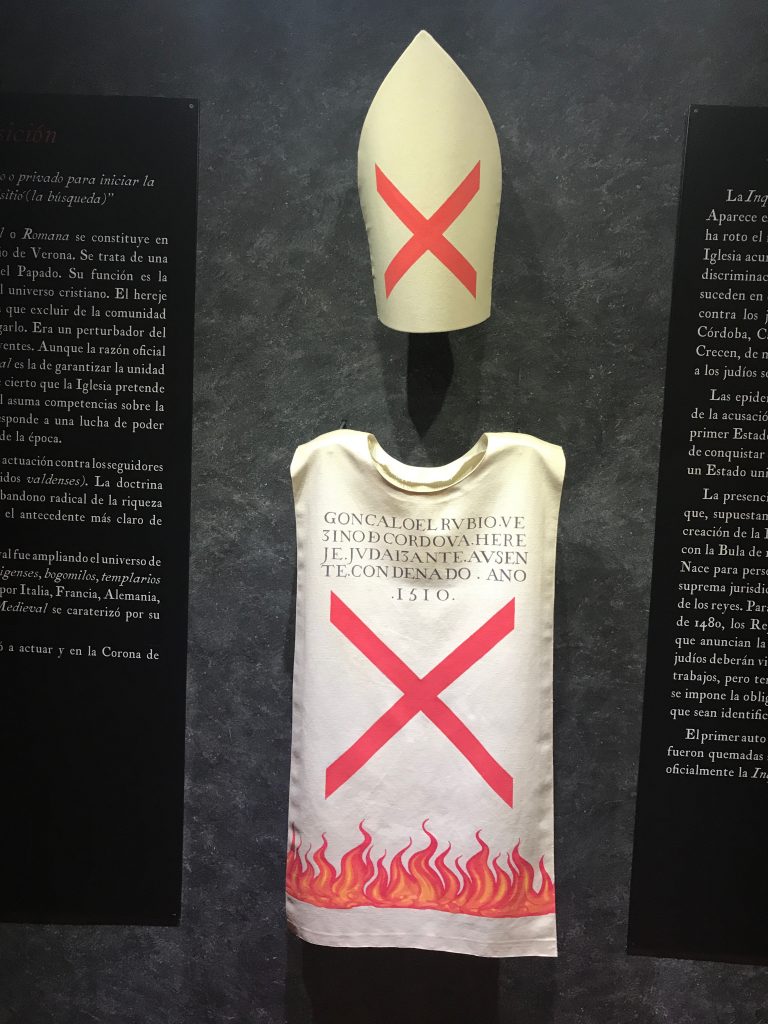
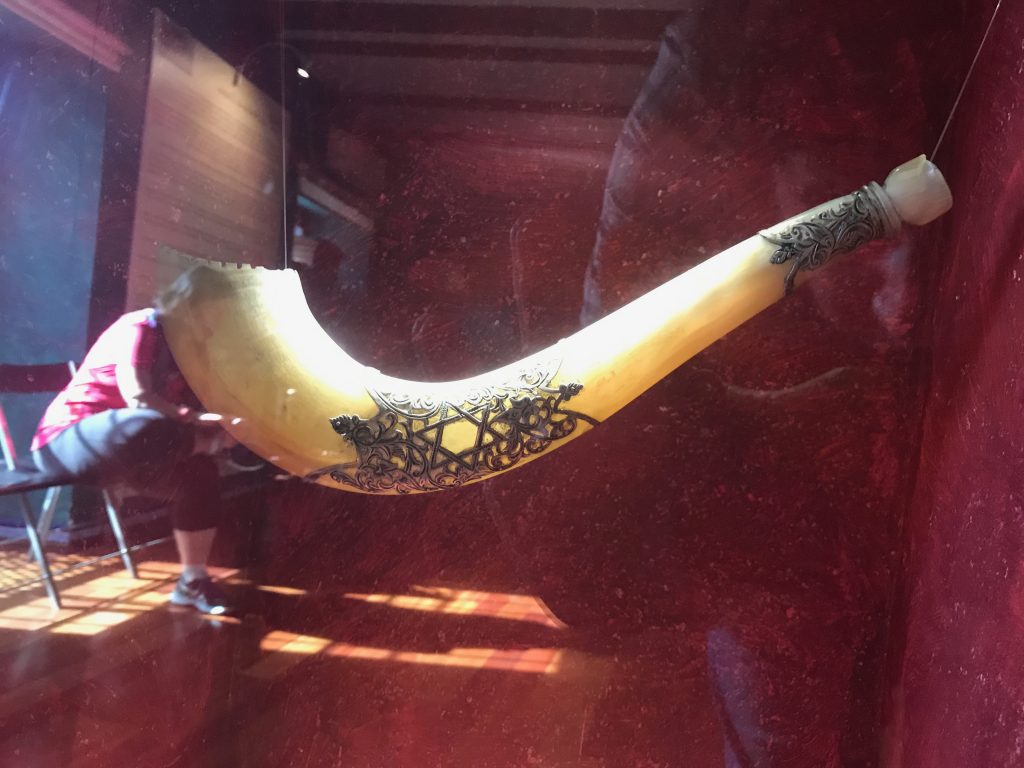
In the same neighborhood, just behind the mosque, lies the Alcázar de los Reyes Cristianos. Isabel and Ferdinand, those famous Spanish monarchs, lived here in the fortress.
In true Spanish fashion, before it became the Alcázar, the site was home to a Visigoth fortress. It later was rebuilt by Muslim rulers, and in their hands it became a palace that included baths, gardens, and the largest library in the West.
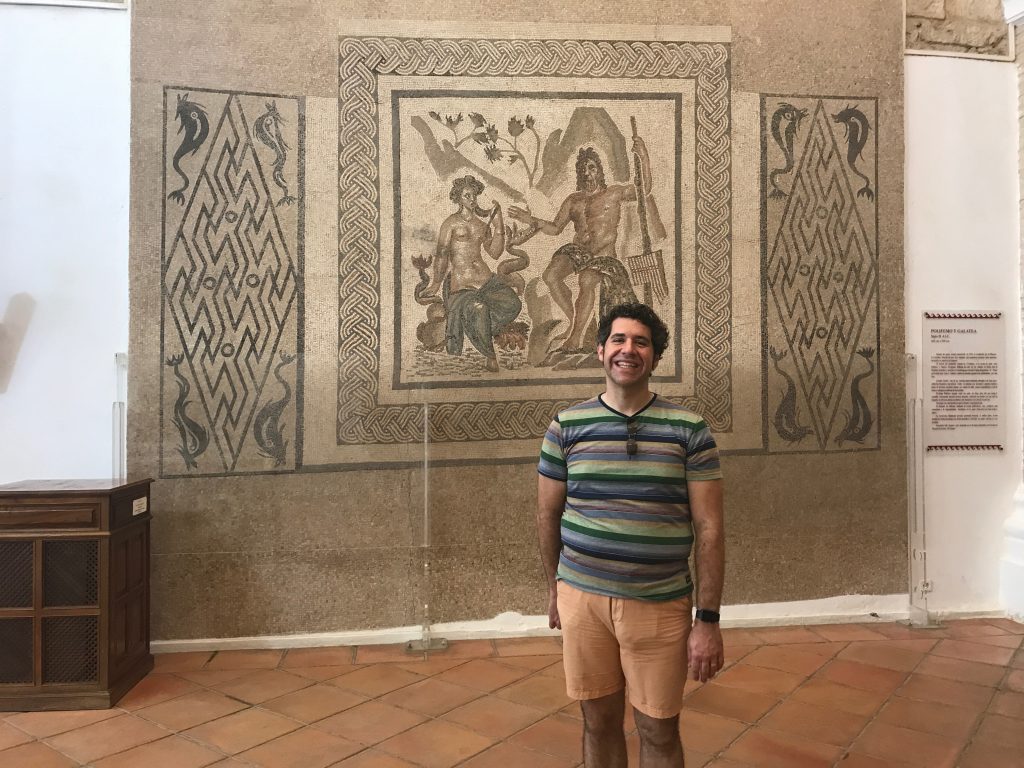
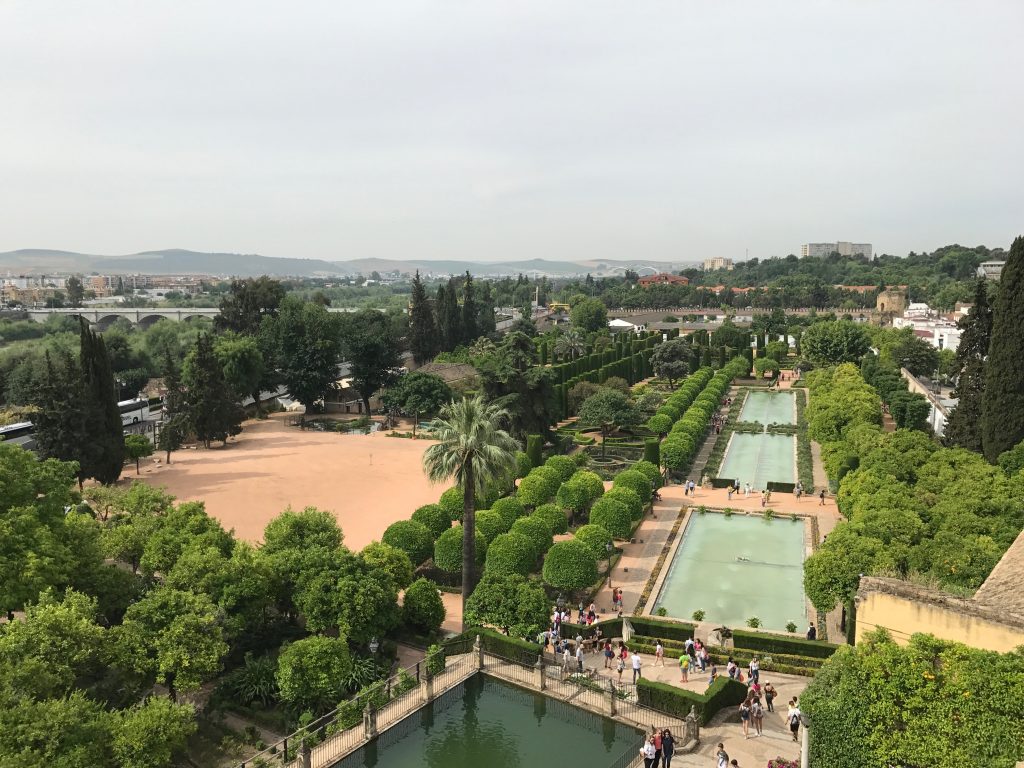
We searched and searched for the bathrooms in the gardens until finally Dreamer’s prayers were answered… alas, no soap!
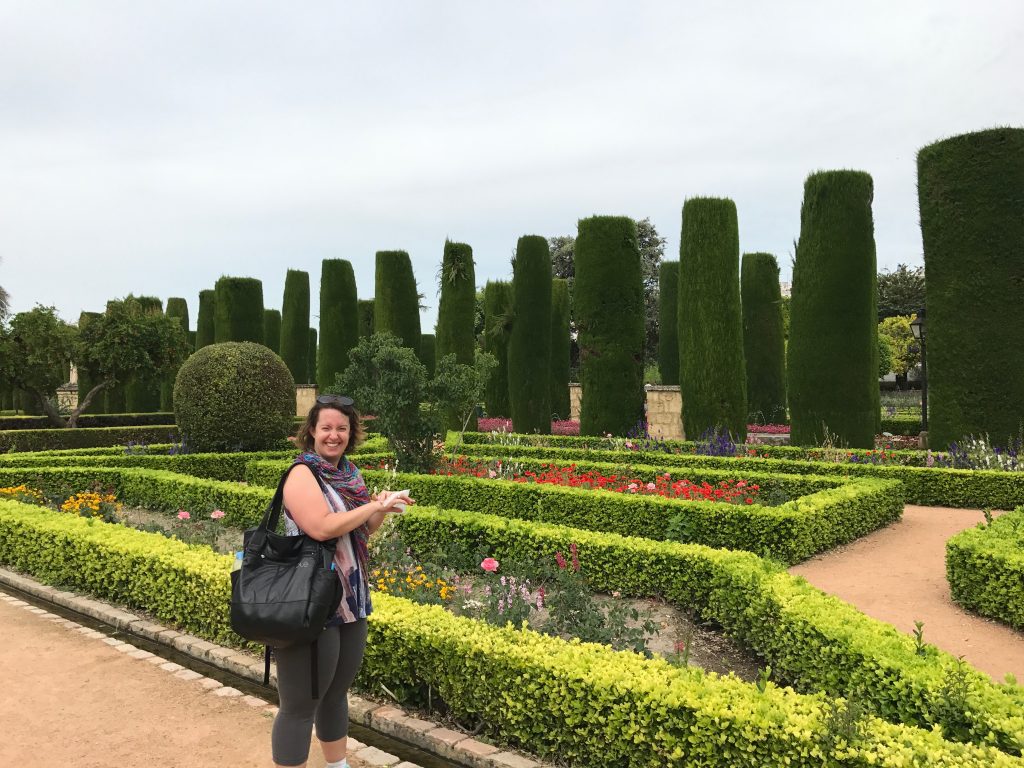
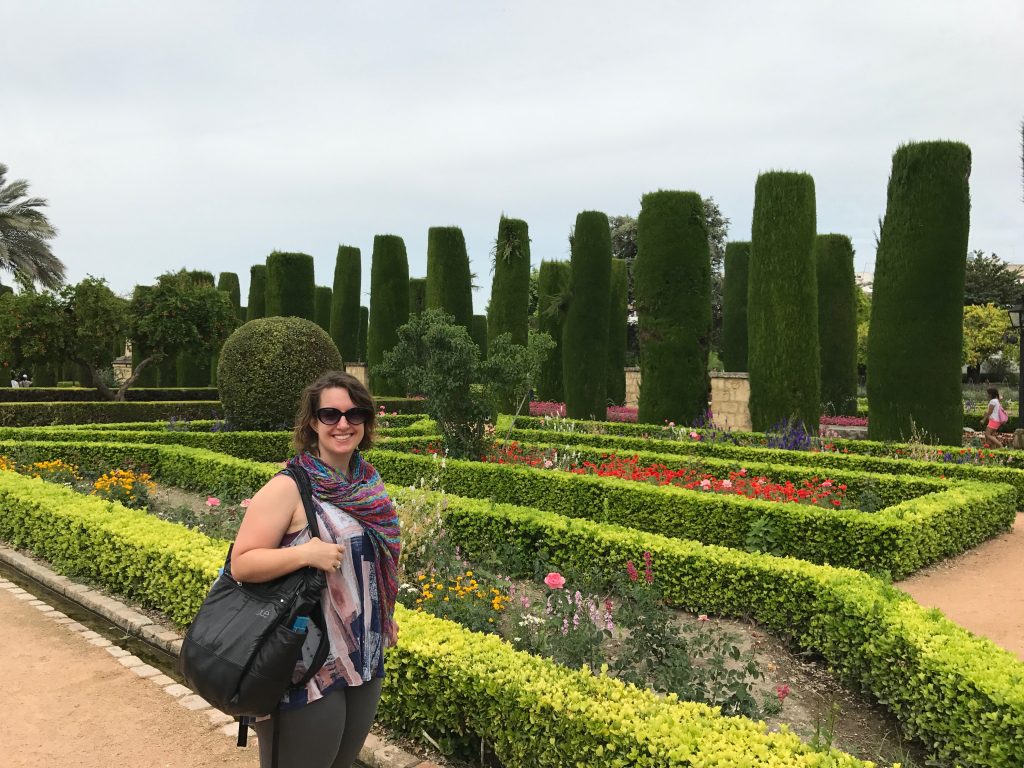
Christians retook the city in 1236, and the fortress was again rebuilt in 1328. Eventually it became the seat of the Inquisition.
As we left the Alcázar, we came upon this guy creating some unique tourist souvenirs – made to order, finger-painted scenes of Córdoba. We watched him for close to 45 minutes, waiting for our turn, and bought two mini masterpieces. Really takes finger painting to a whole other level…
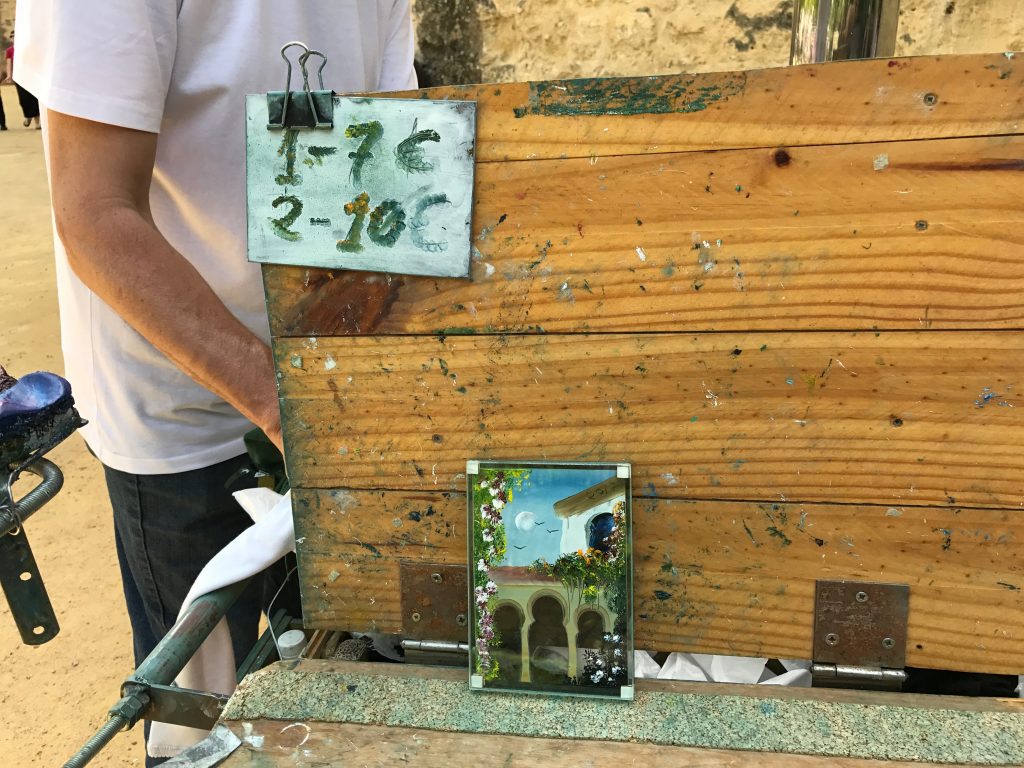
Nearby in the small historic center, one can visit the 10th-century Arab baths, which probably were part of the the Alcázar when it was under Muslim rule.
While there would have been public baths for the general population, what we visited were the remains of the royal baths that had belonged to the Caliph. More attention was paid to decoration in these royal baths, which can be seen in the vaults with star-shaped skylights, horseshoe arches, and marble columns.
Star-shaped skylights like those in the Arab baths are one of several recurring motifs that appear in old architecture throughout the city.
These door-knockers were also fun, continuing our obsession.
The city is full of history, ancient and more recent, like this collection of old movie projectors we stumbled upon while visiting the patio of the film museum, of course.
In the middle of ancient cobblestone streets, the manhole covers really stick out like sore thumbs.
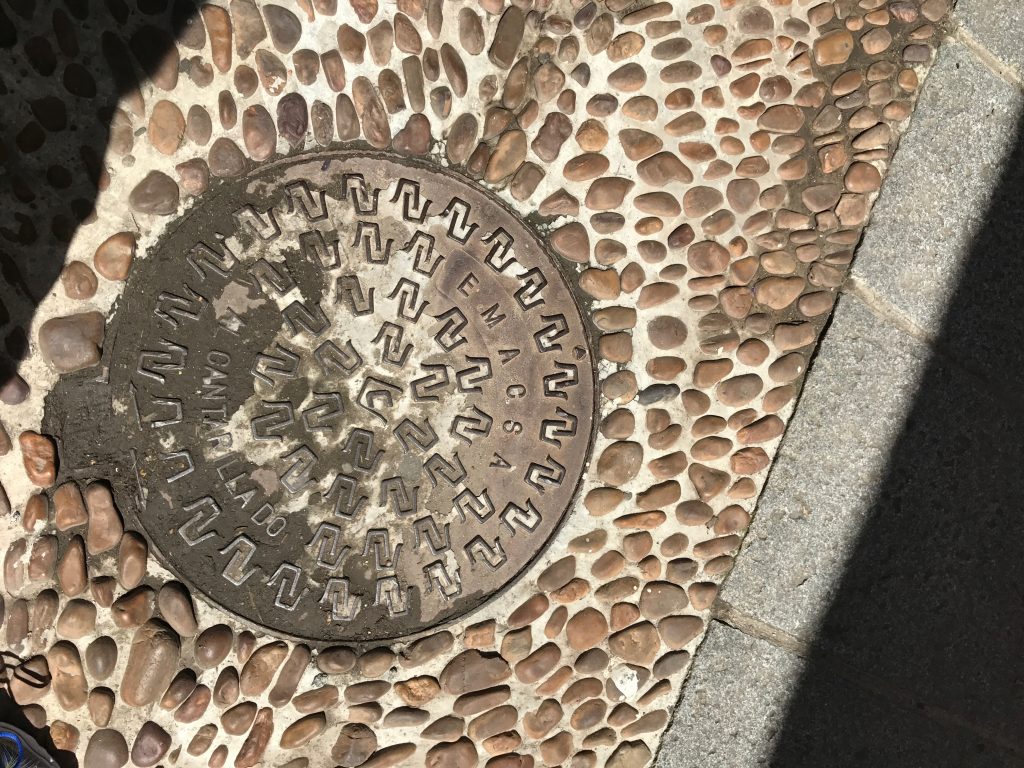
One might even say the lingerie here dates back to the 10th century.
But every bus stop reminded us this was not the case; this is in fact a very modern Spanish city that respects its ancient roots.
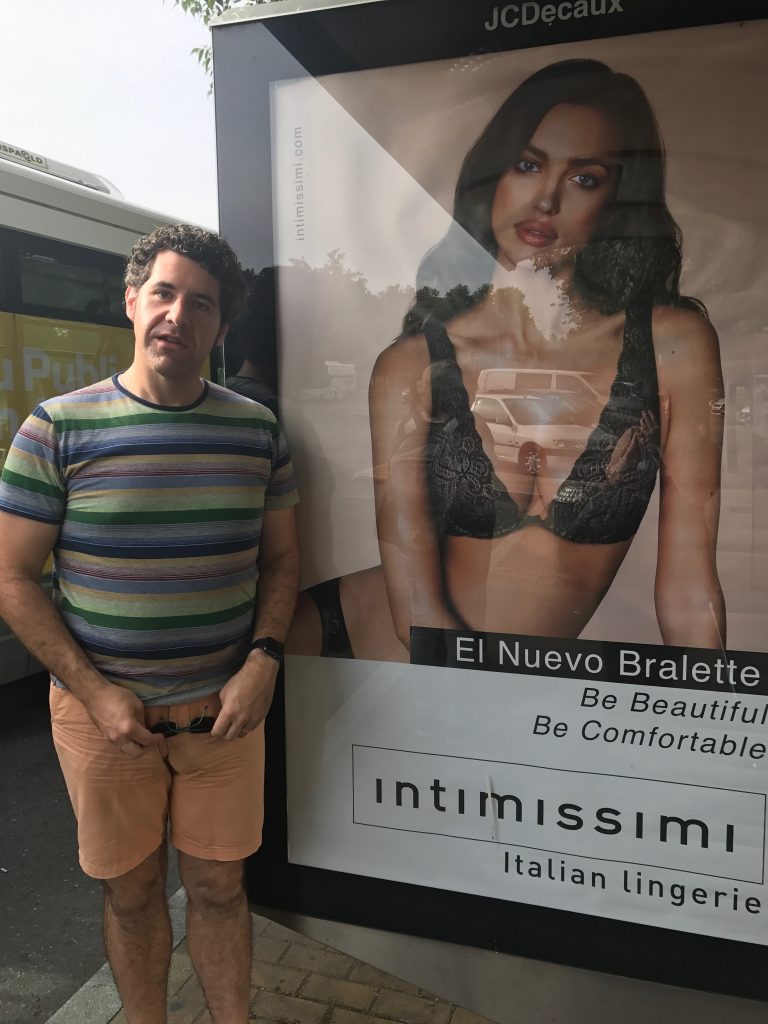
While we’re going “there,” you gotta admire the placement of the knobs on this Adam and Eve chest, too.
We also happened to be in town during prime snail season. There was a stand specializing in the little guys on every street corner: in sauce, simply boiled, first prize winner 2015 – you name it!
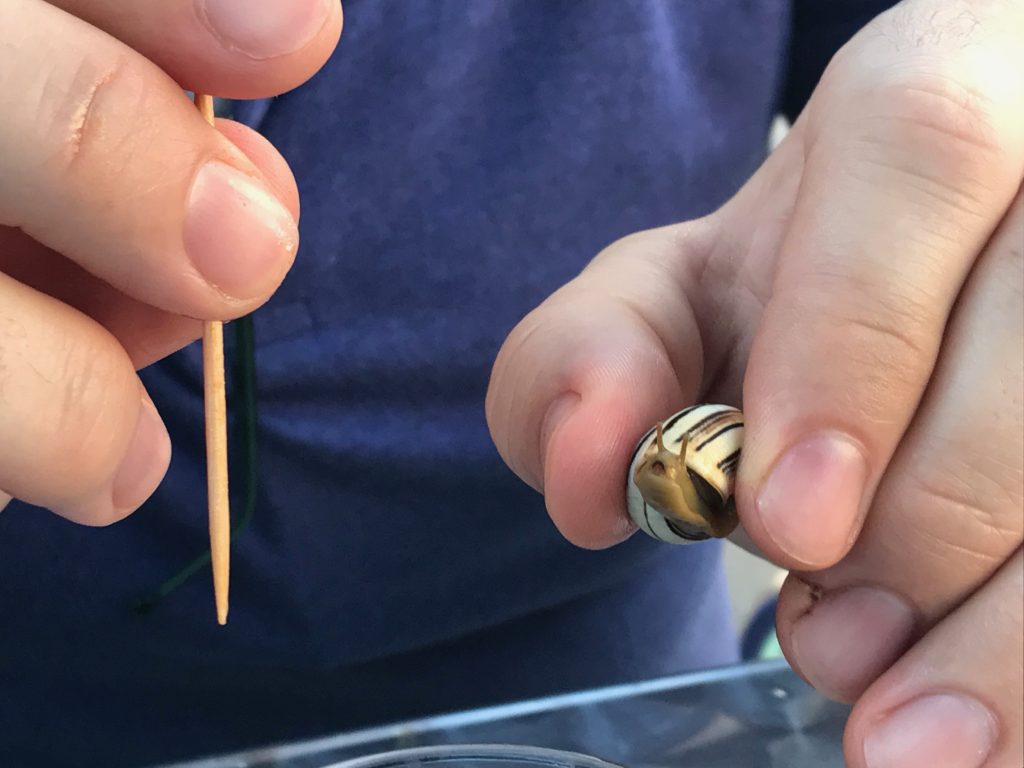
We had some great cocktails at this place, too! The owner, José, was legit into tiki and everything else good.
Later that night, after we missed dinner, Dreamer got Domino’s Pizza delivery to our rental apartment. It was a taste of home (kind of).

Takeout aside, we ate very well all trip. This was one of our best lunches in a long while.
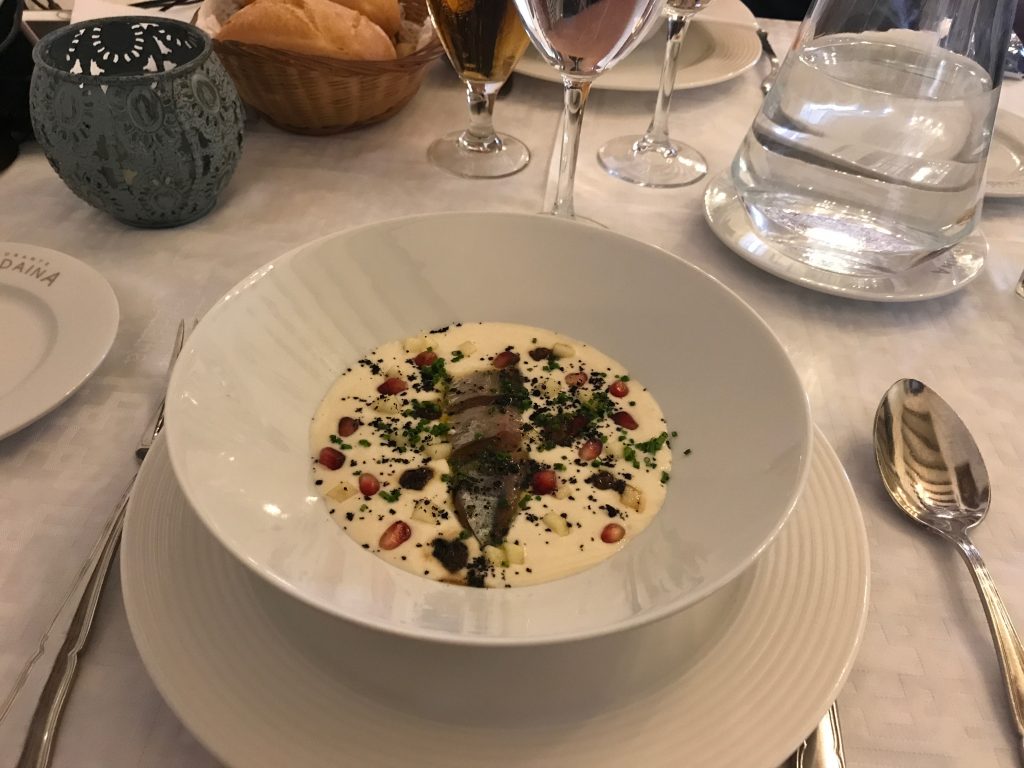

Breakfast was great, too, with the local rendition of churros, known as jeringos. Paired with some nice, thick chocolate, of course.

Perhaps the best thing Córdoba has going for it – as far as we’re concerned – is the wide availability and appreciation for potable water. See the two glasses of (tap!) water in the photo above? By law here, they have to give that to you in restaurants.
And it tastes great, of course. Makes us pine for Lincoln and wish this were the case in more Spanish cities.
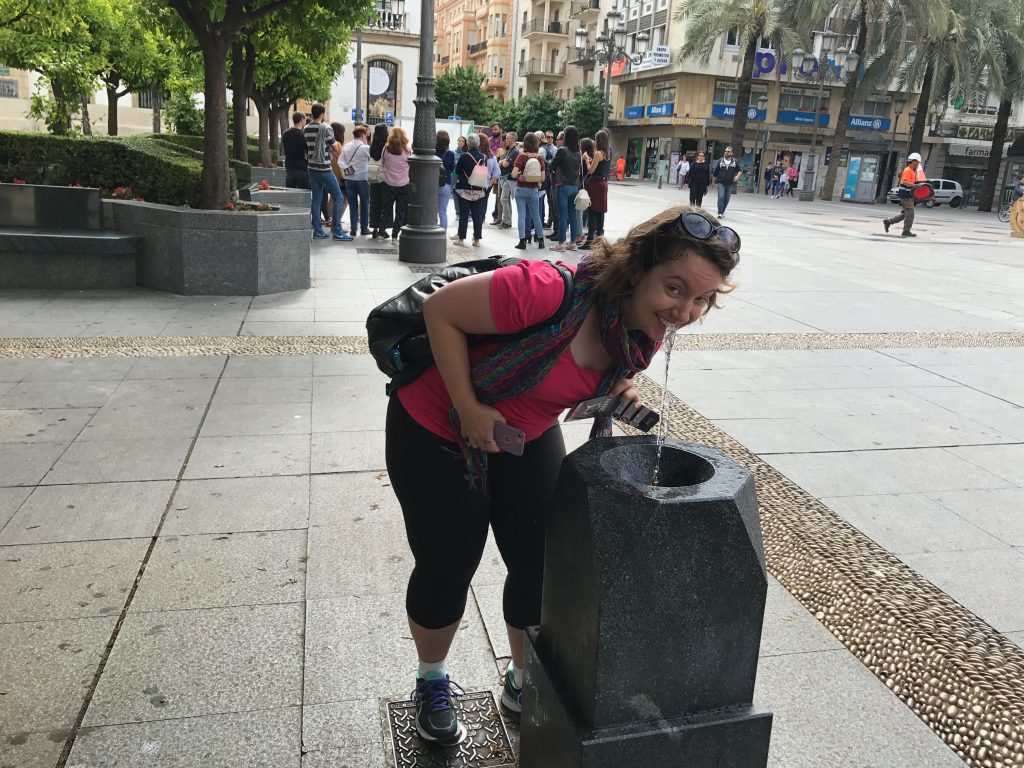
On our way out of town, we took a final stroll through the gardens on the outside of the palace wall, remarking just how picturesque it all was…
